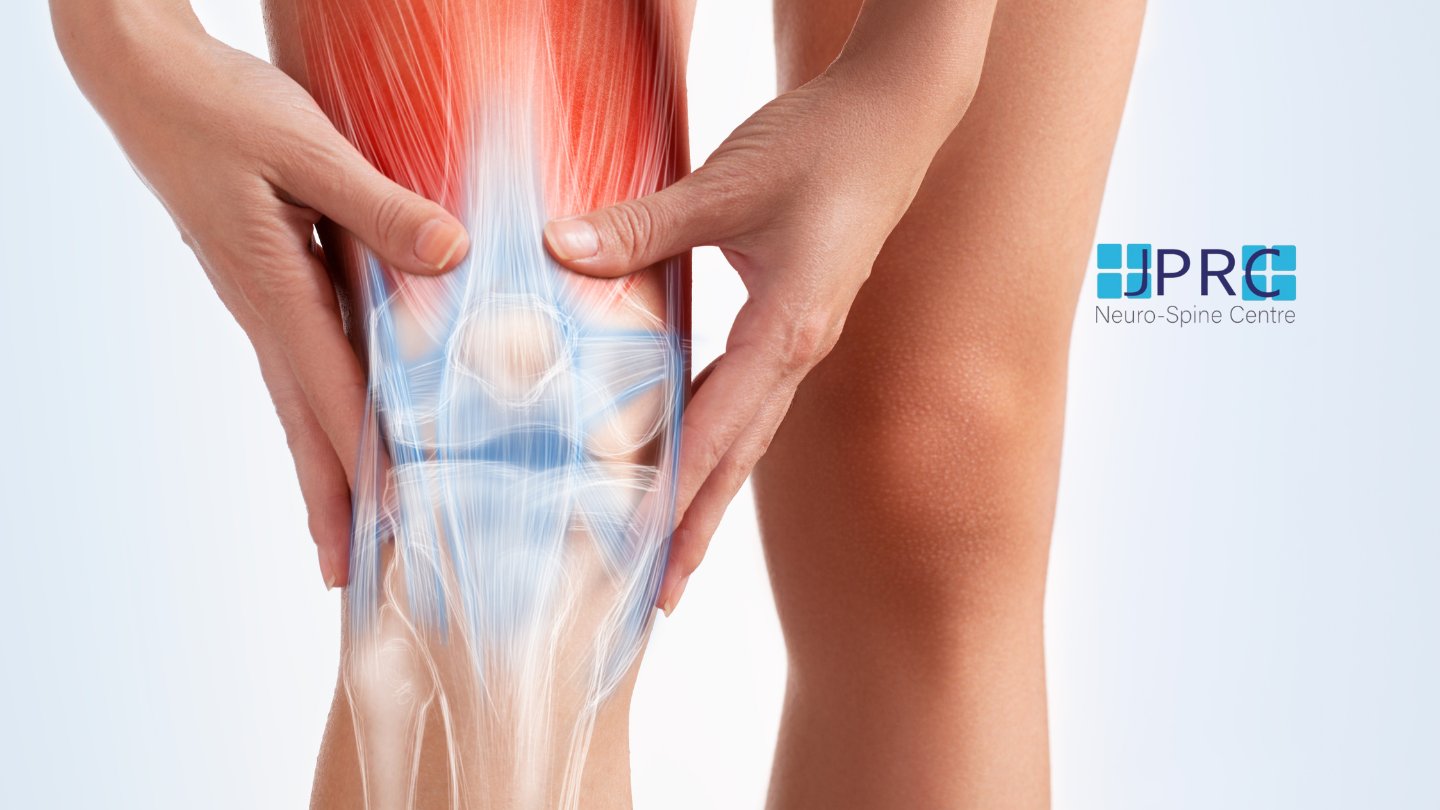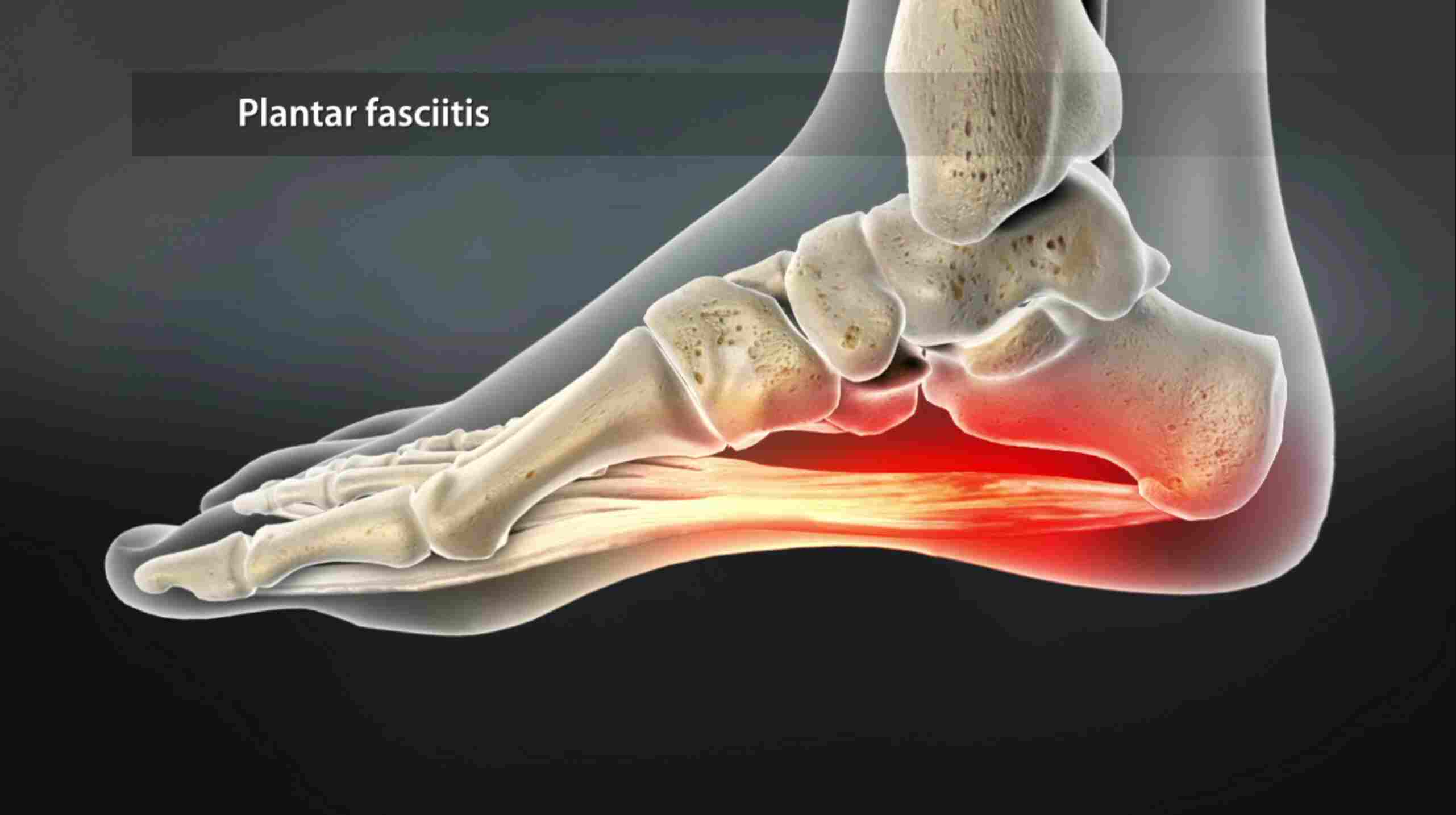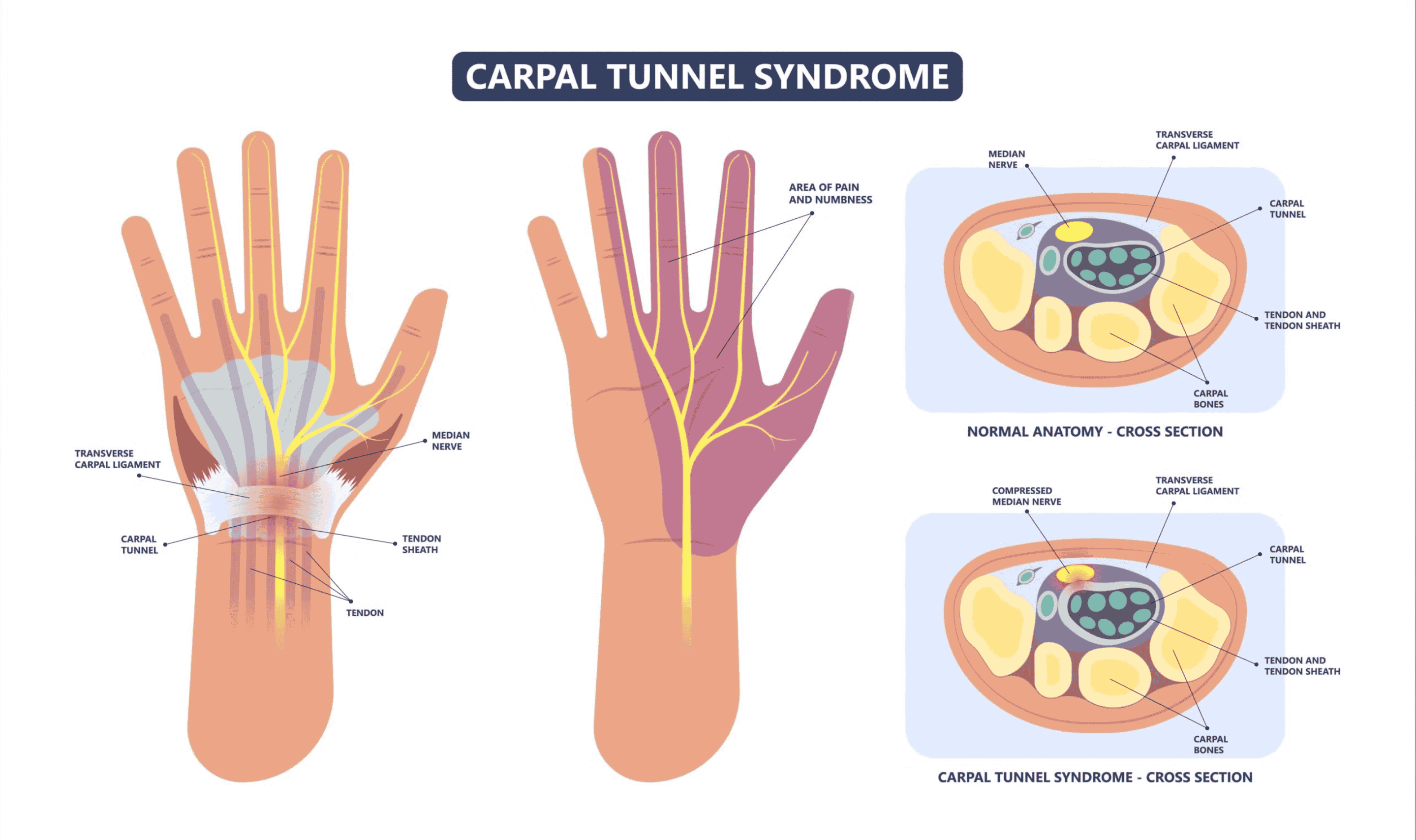Understanding Slip Disc Symptoms: Signs of Lower Back PIVD
Slip disc, medically known as Prolapsed Intervertebral Disc (PIVD), is a common condition that primarily affects the lower back. The segments most prone to slip discs are L4-L5 and L5-S1 in the spine. Many individuals experience a combination of slip discs in these segments due to various factors such as trauma, improper lifting, strenuous exercises, and incorrect posture during work. Recognizing the symptoms associated with slip discs in the lower back is crucial for timely intervention.
Here are some of the most common symptoms to watch out for:
Lower Back Pain: Persistent pain or discomfort in the lower back region.
Buttock Pain: Pain or discomfort felt in one or both buttocks.
Hip, Thigh, or Leg Pain: Pain radiating to the hips, thighs, or legs.
Muscle Tightness: Tightness in the hamstrings, quadriceps, or calf muscles.
Numbness and Tingling: Sensations of numbness, tingling, or burning in the hips, thighs, legs, feet, or toes.
Muscle Weakness: Weakness in the hips, knees, legs, or ankles.
Buckling of Knees and Legs: Experiencing a sensation of knees or legs giving way, similar to a drunken gait.
Bowel and Bladder Issues: Incontinence or frequent constipation.
Reproductive Problems: Disorders or dysfunction of the reproductive organs, leading to infertility in both males and females.
Erectile Dysfunction: Impotence or erectile dysfunction in males.
Groin or Testicular Pain: Discomfort or pain felt in the groin or testicular area.
If you experience any of these symptoms, it's essential to seek medical attention promptly. Proper diagnosis and treatment can help alleviate the pain and prevent further complications associated with slip discs. Consult with a healthcare professional or spine specialist to discuss your symptoms and explore appropriate treatment options.










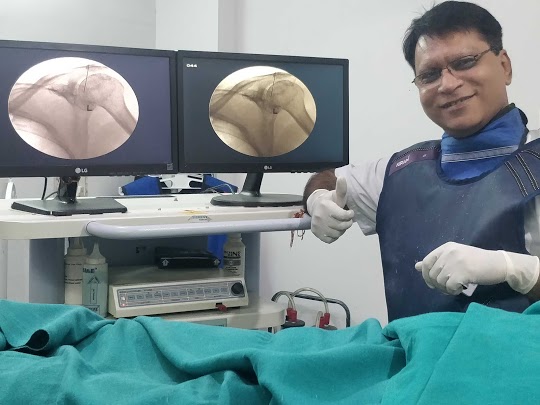



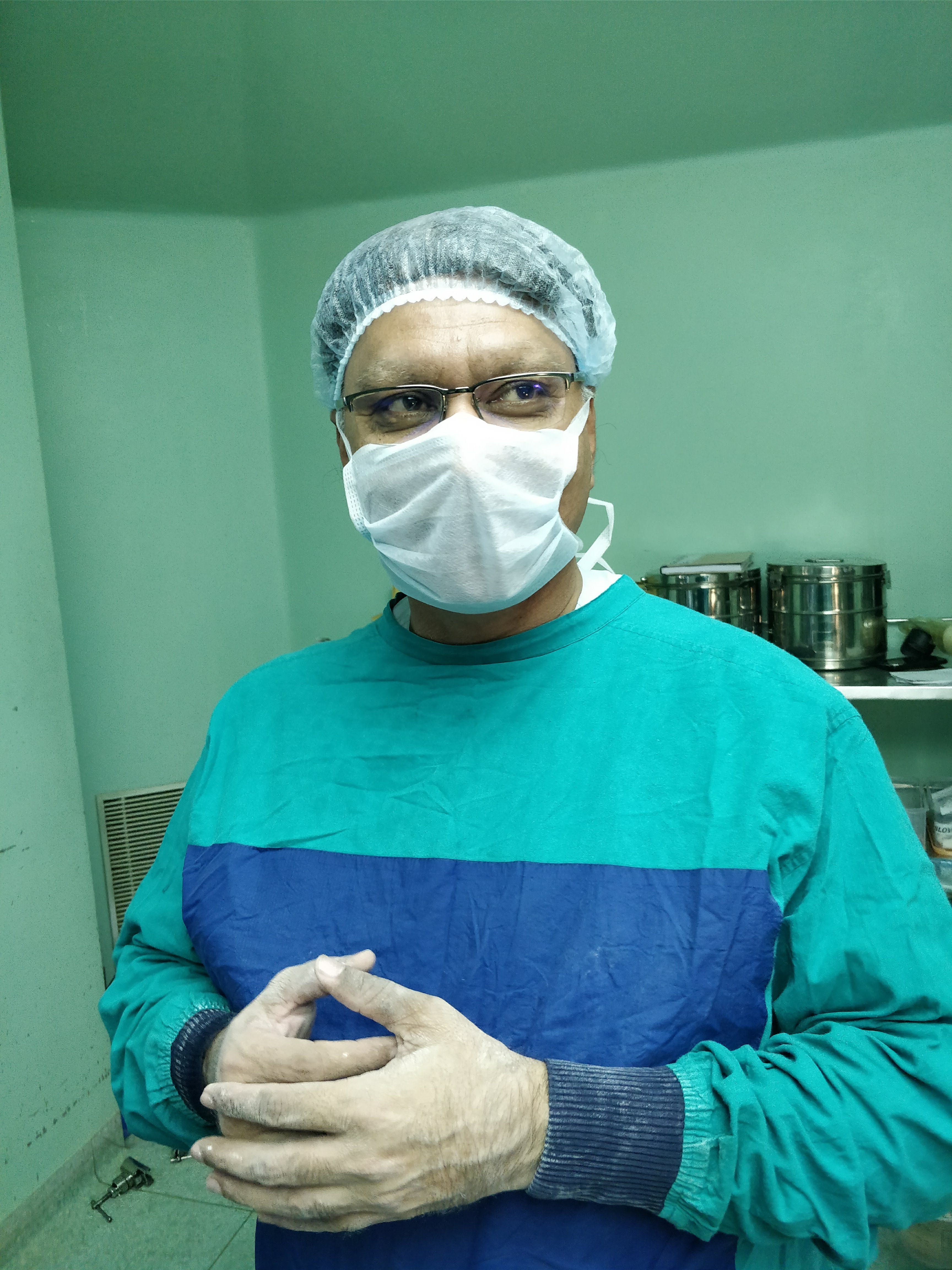
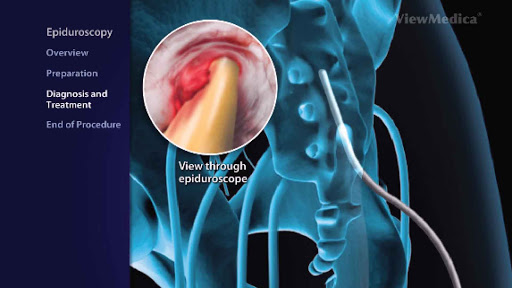

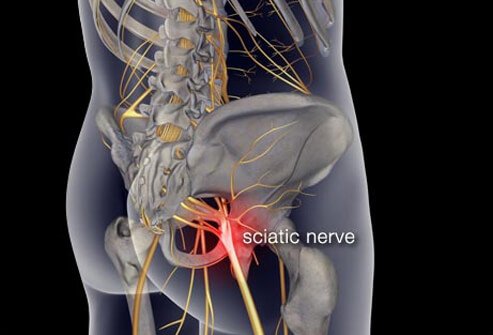

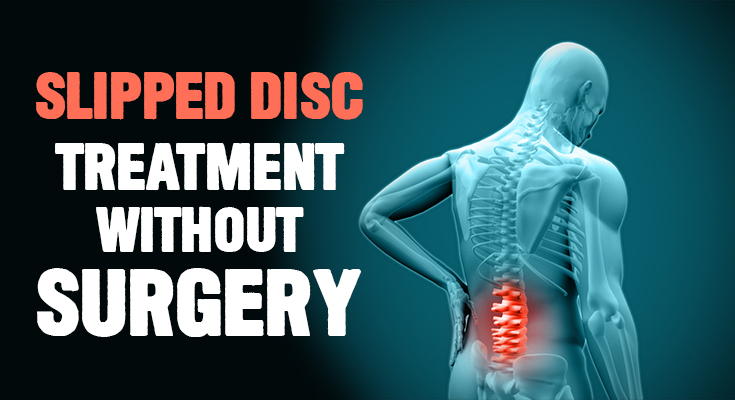

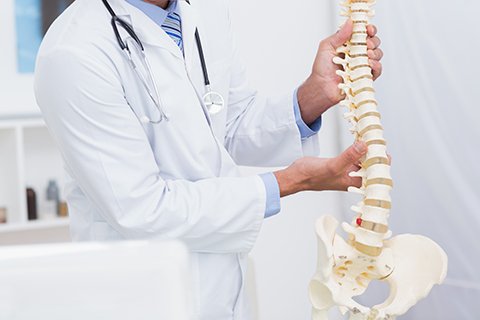


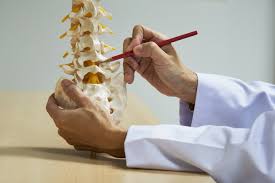
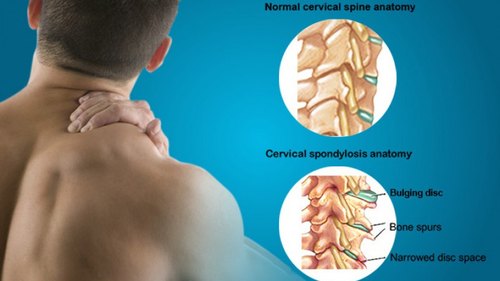
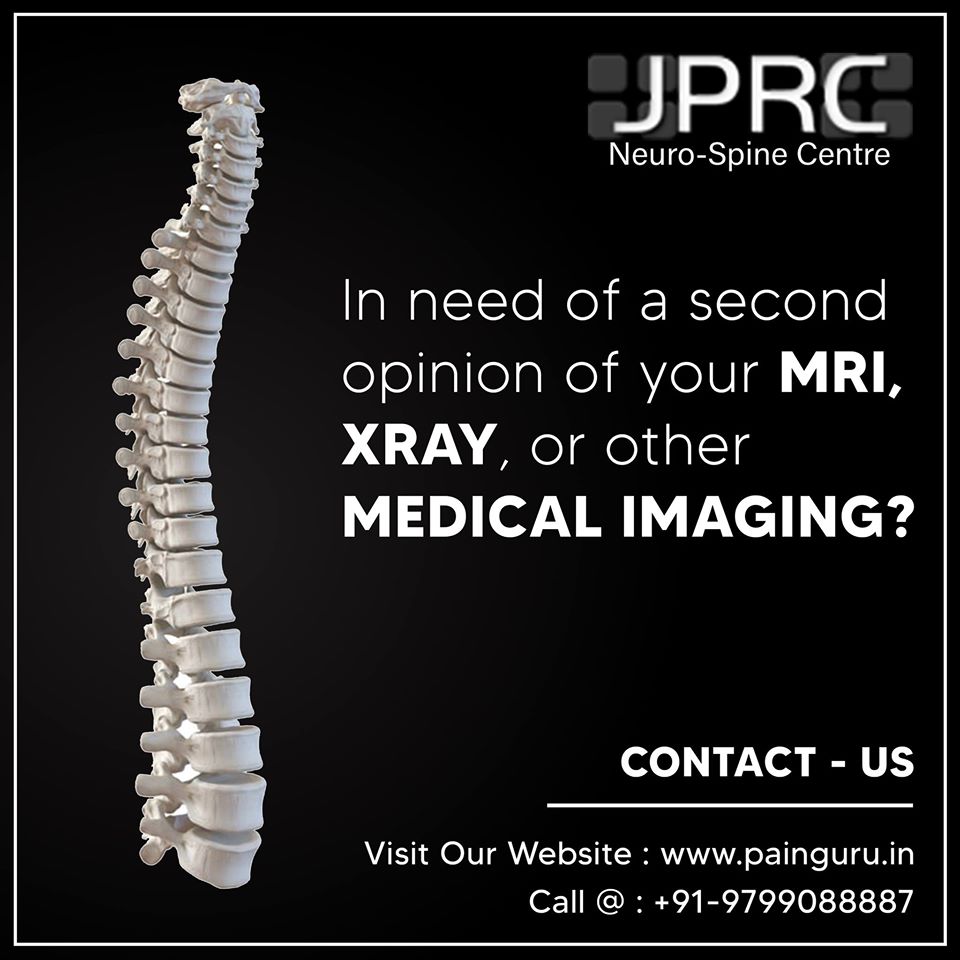




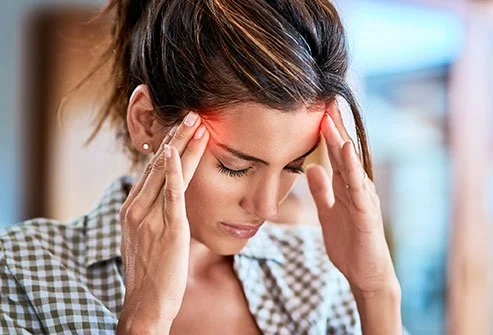

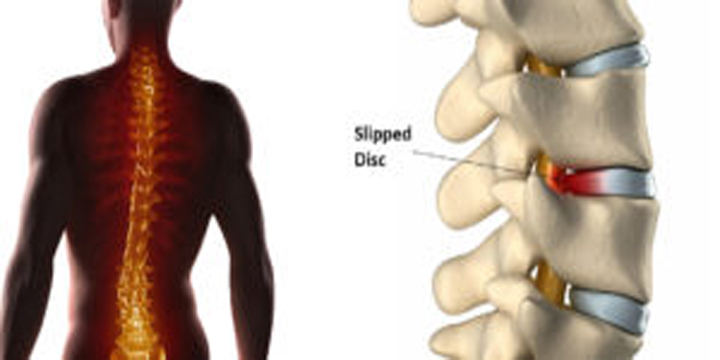
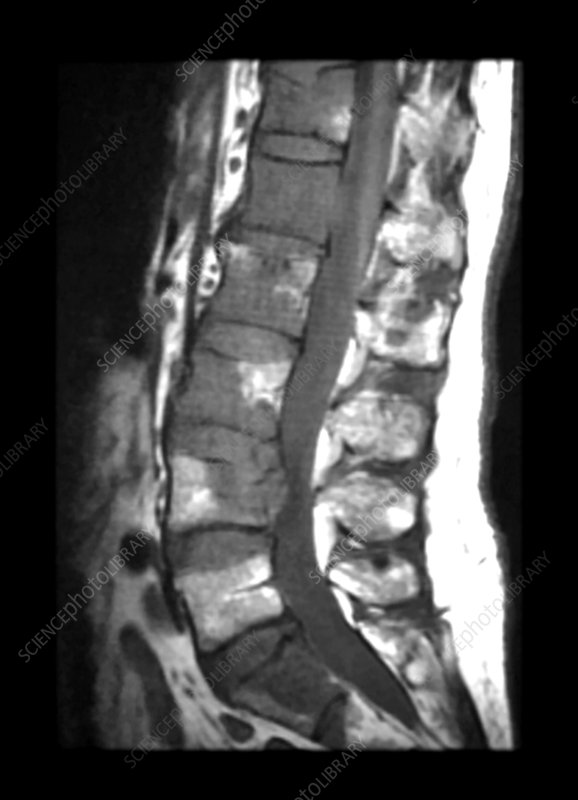




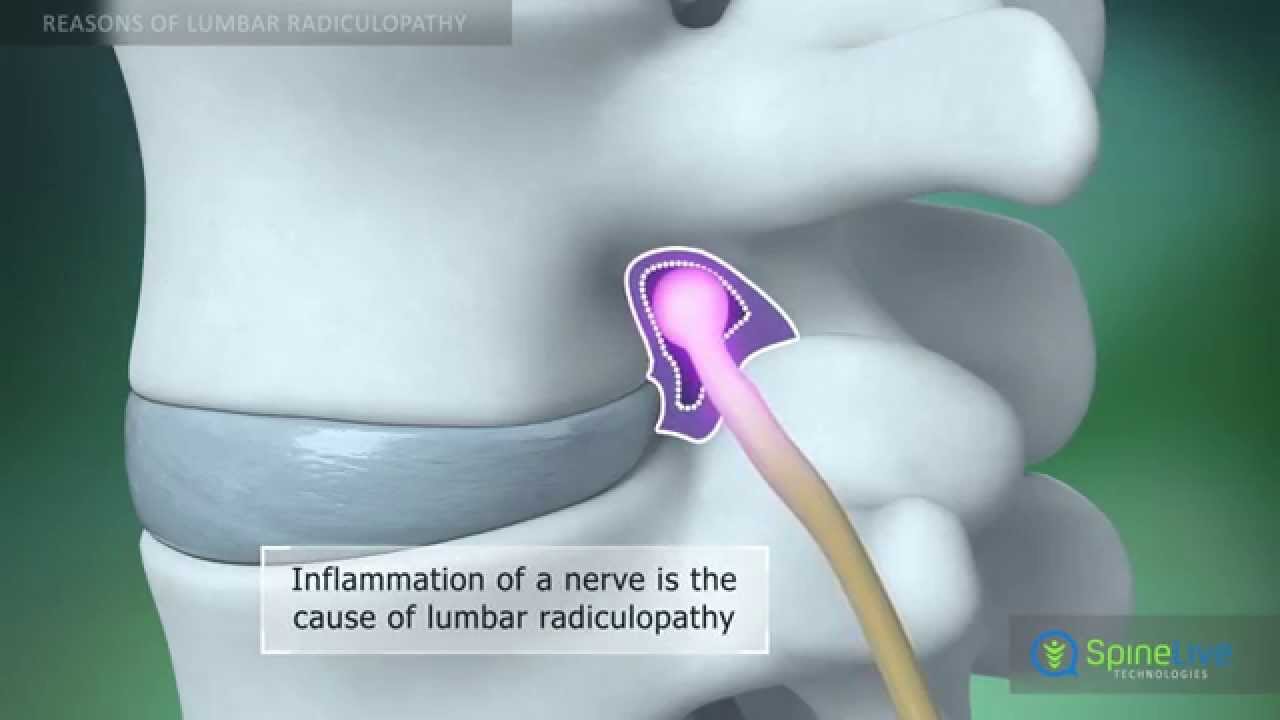
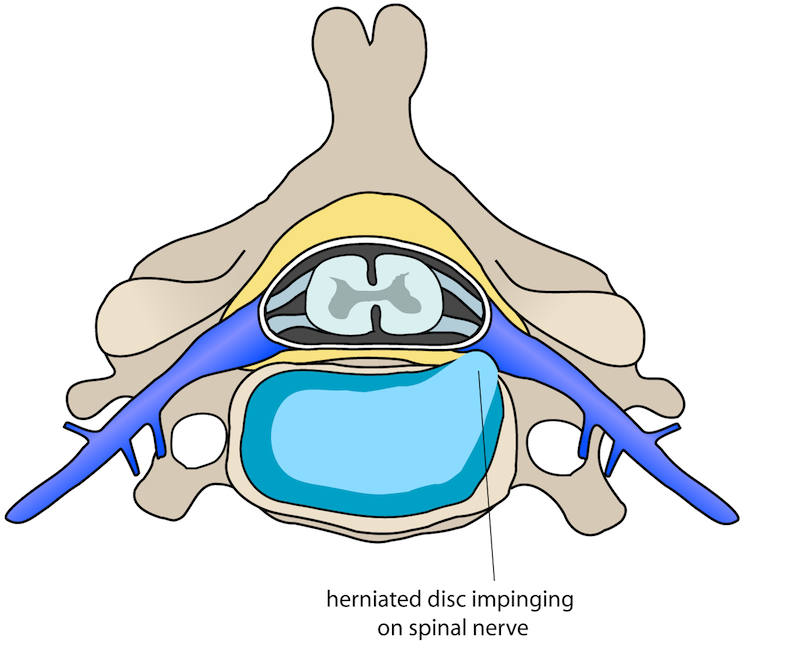
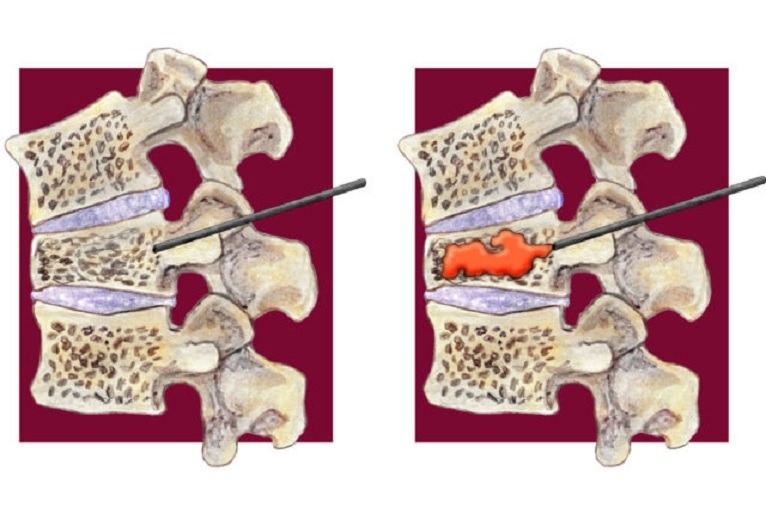







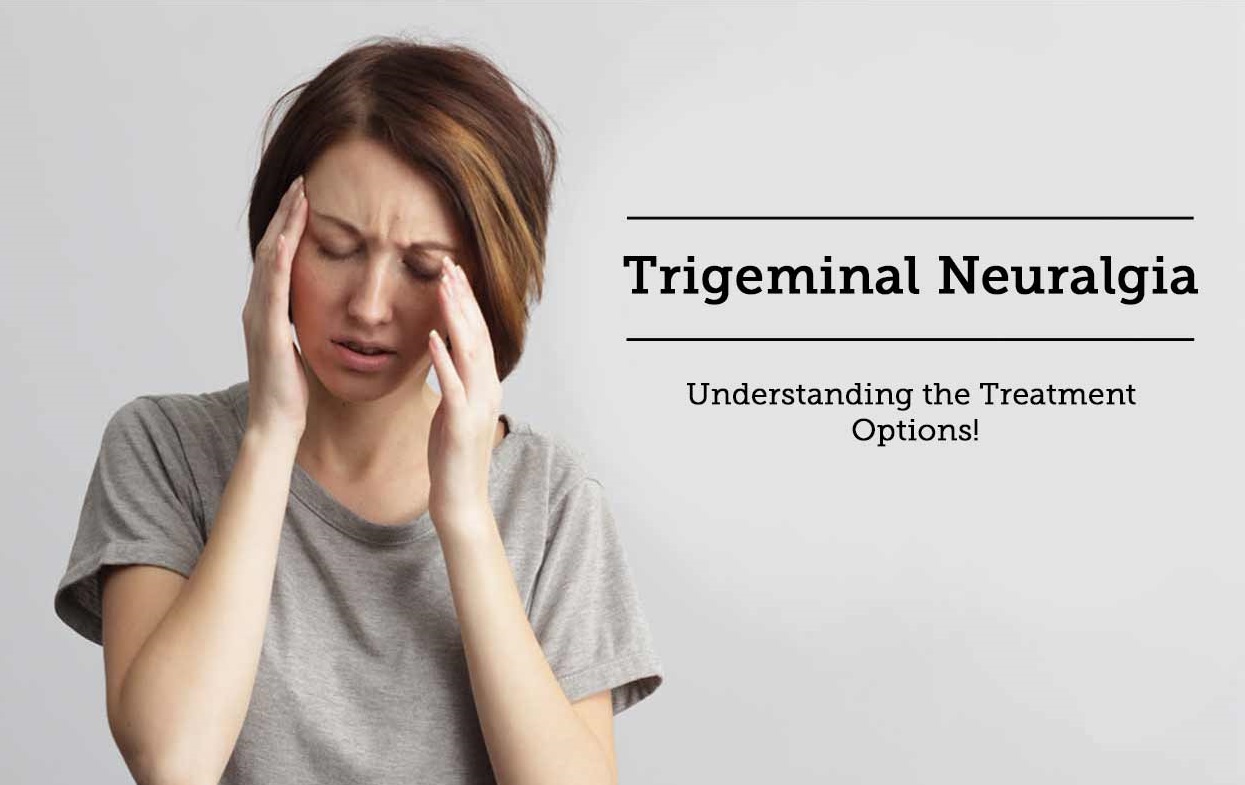



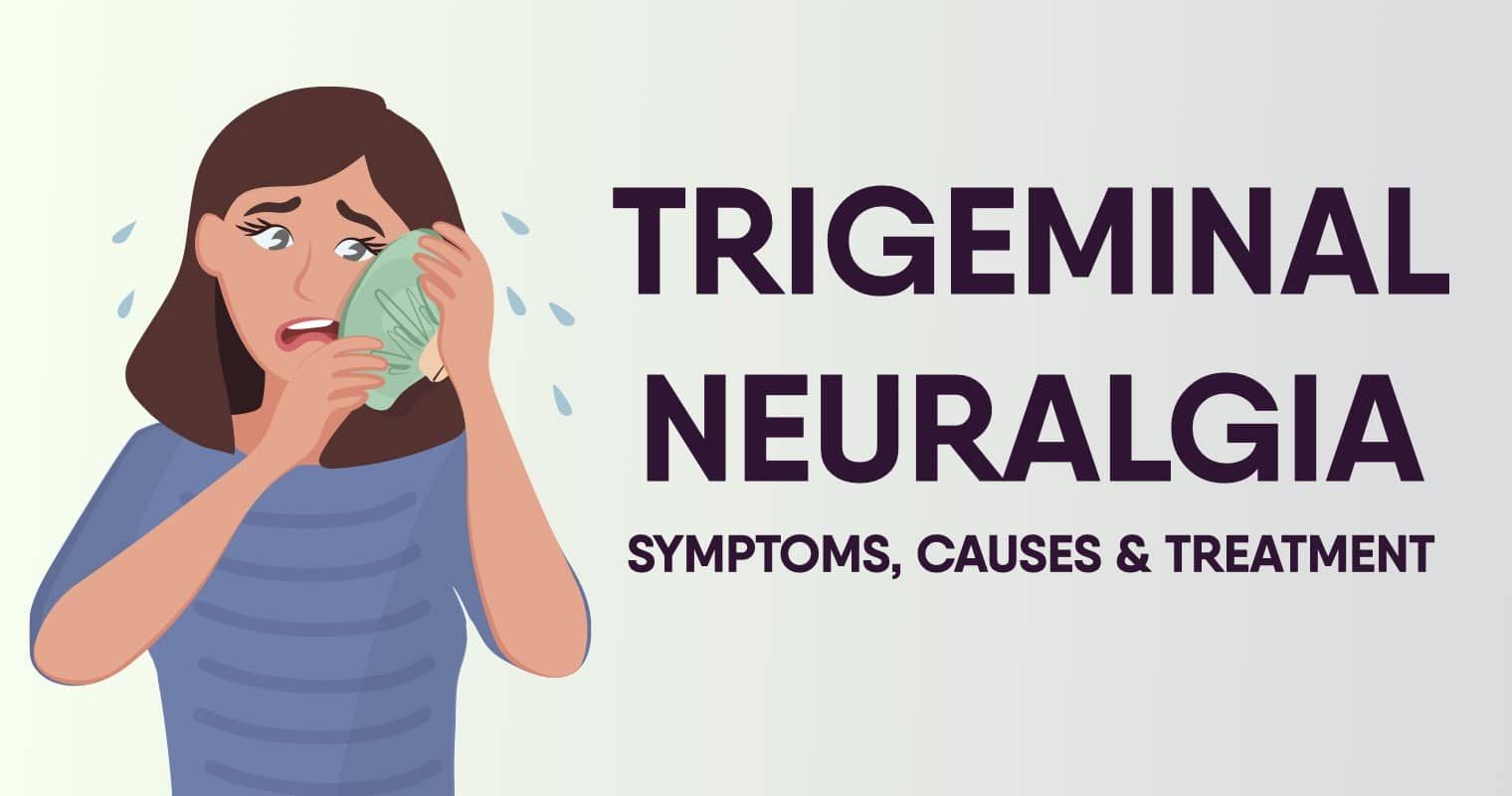
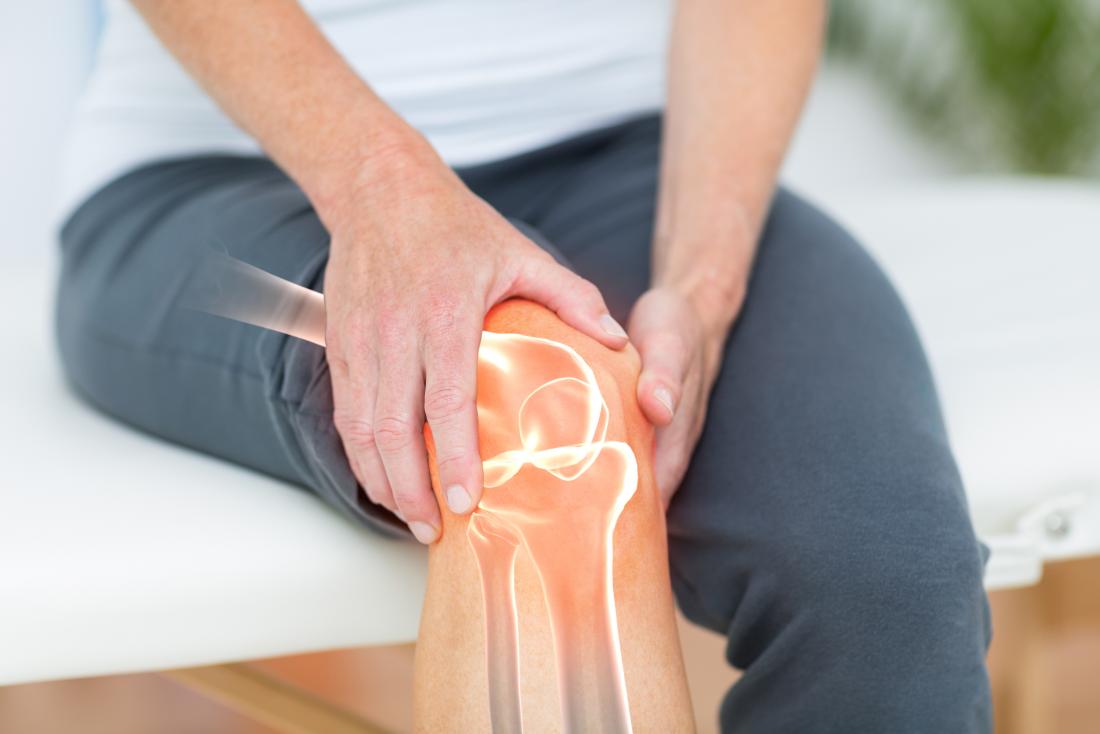
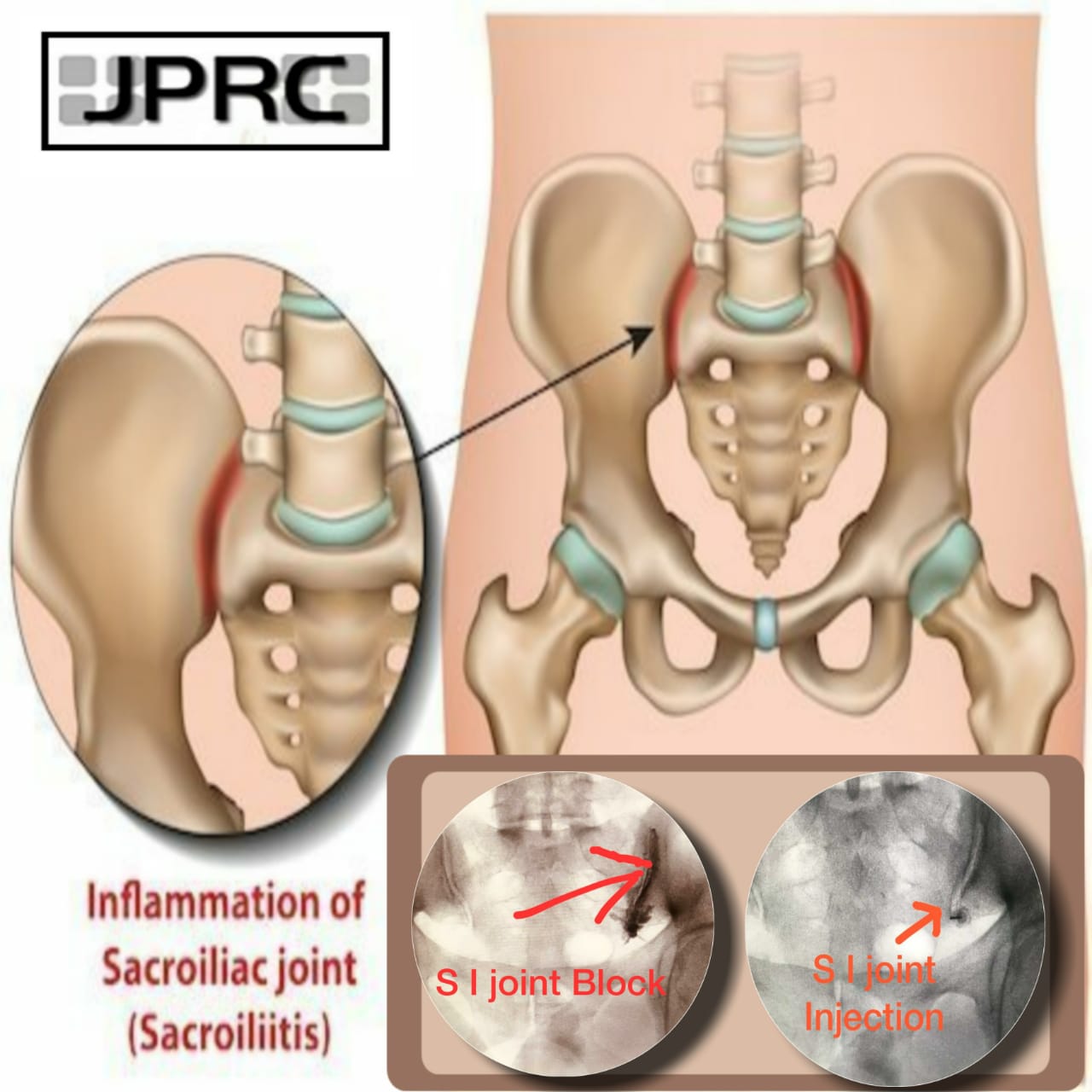
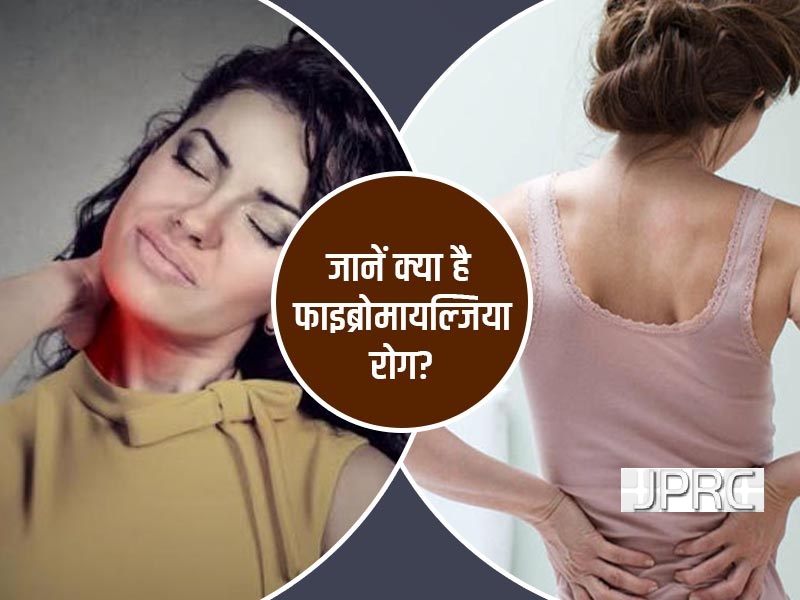

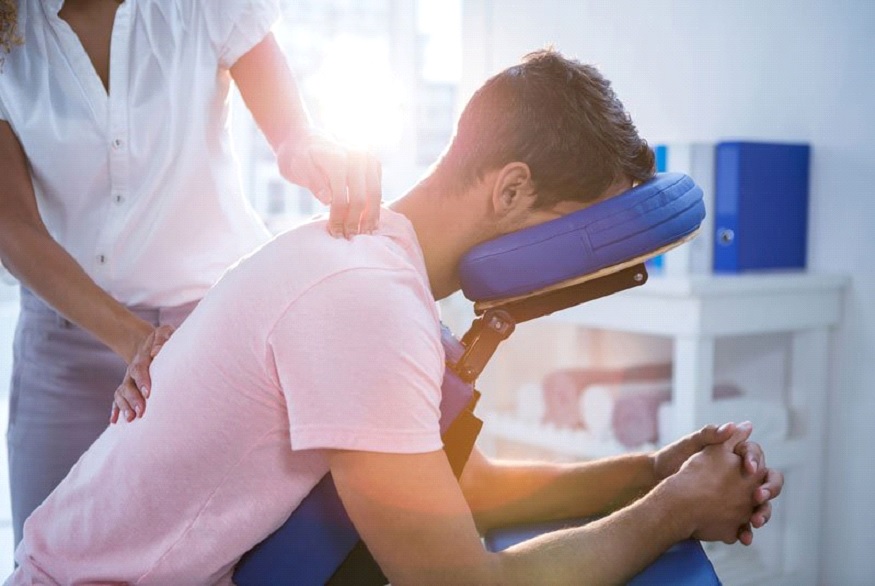


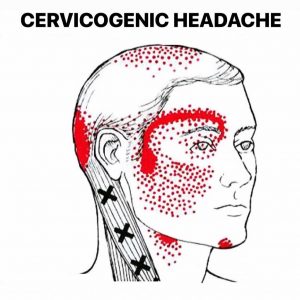


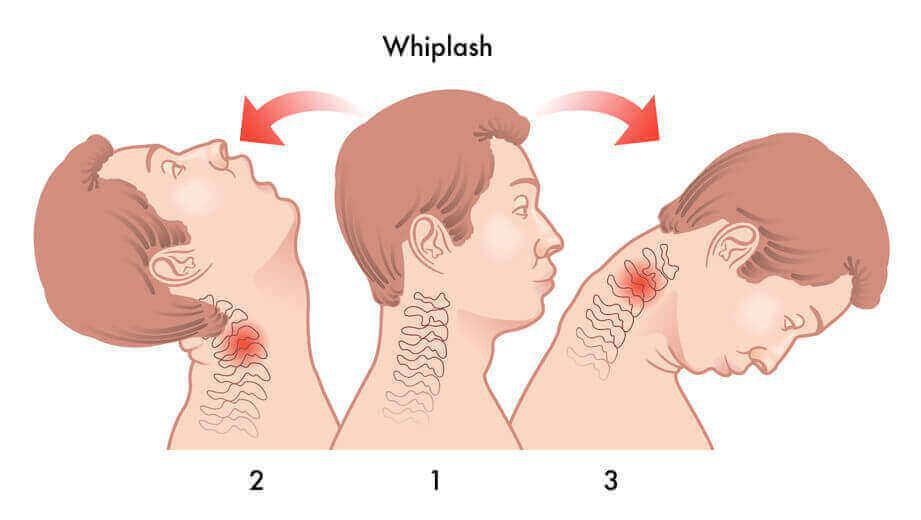

.jpg)



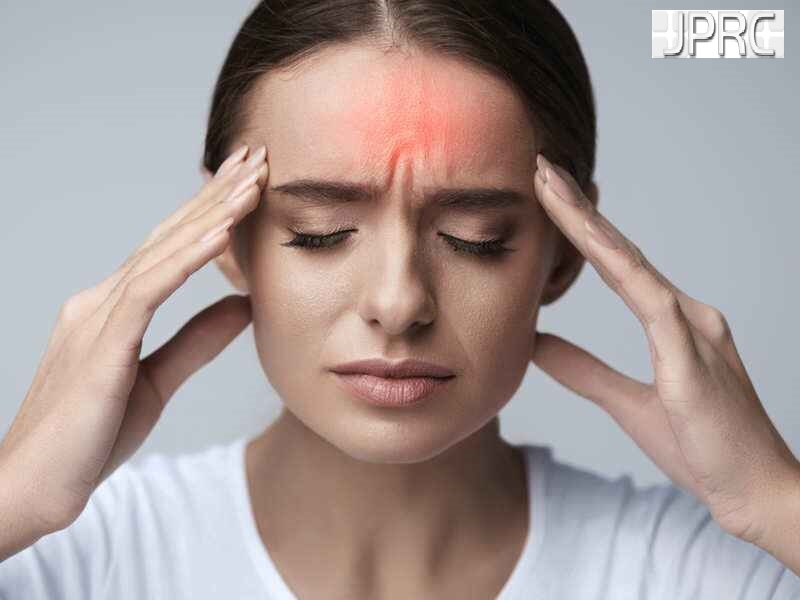
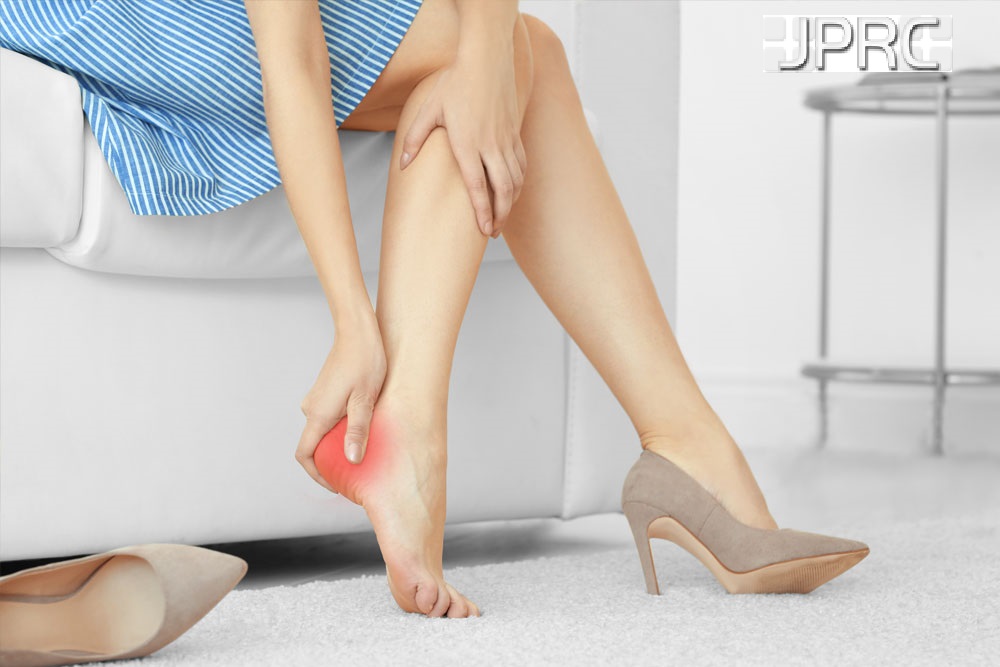
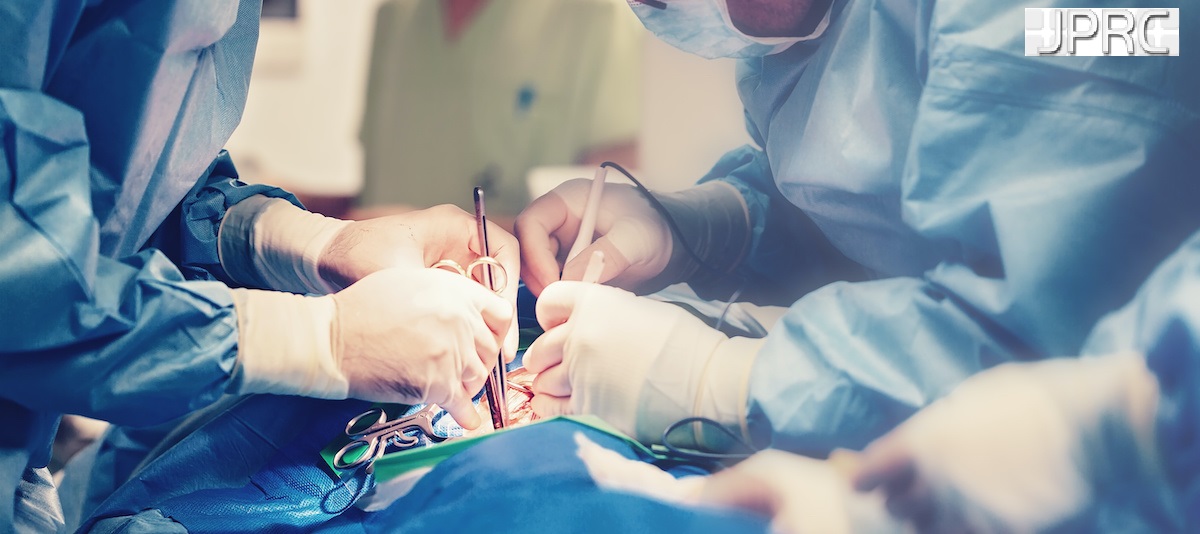
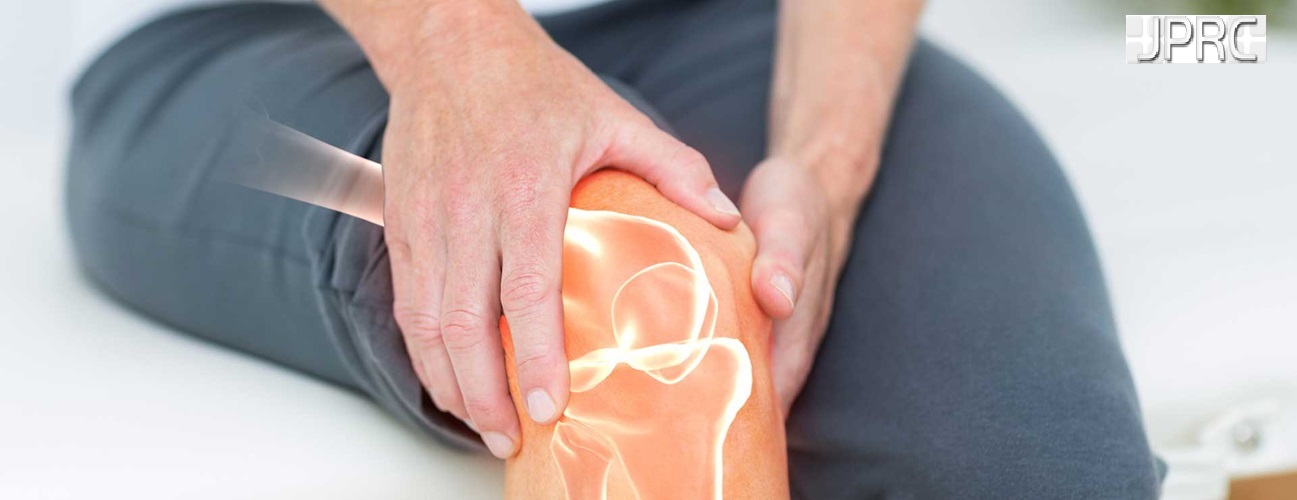

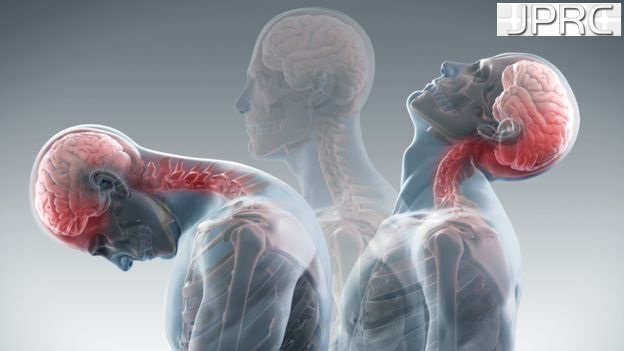


_Injection_Description_in_Hindi.jpg)
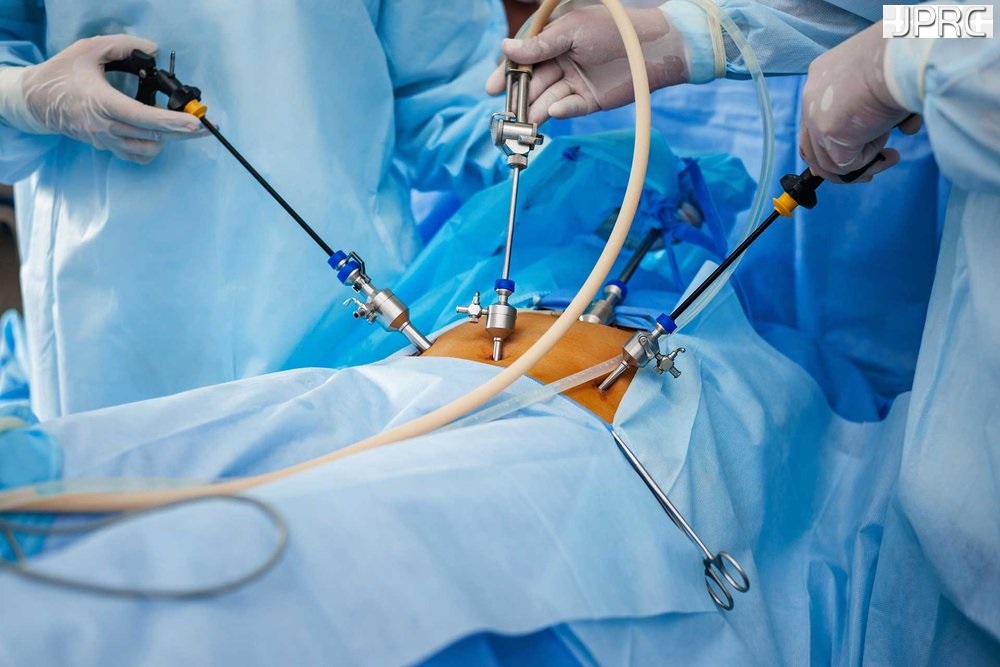

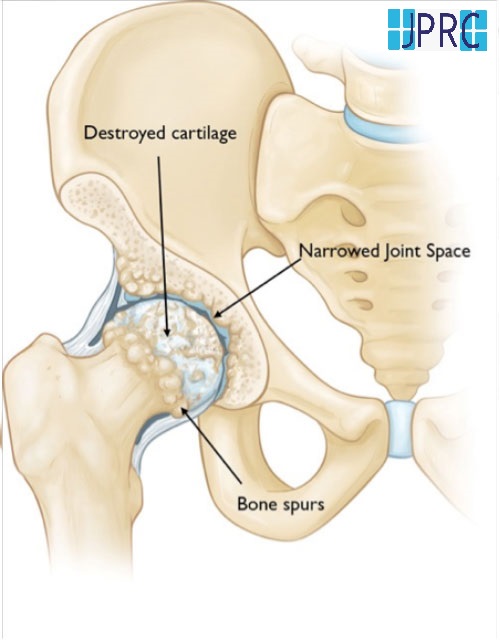



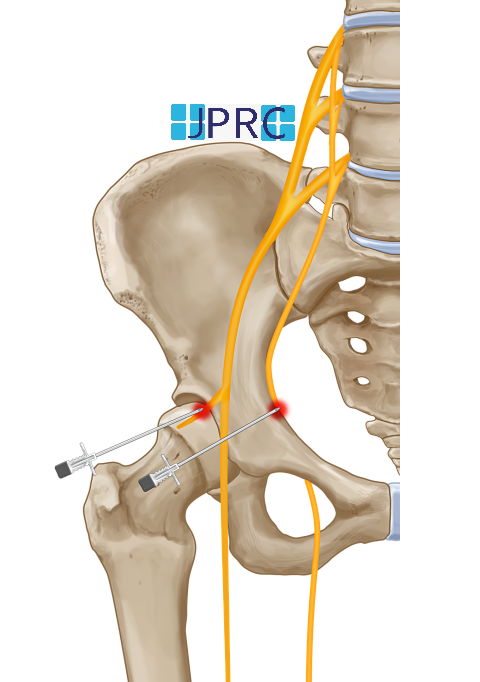


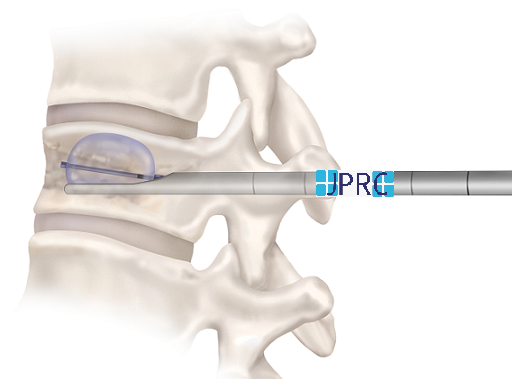

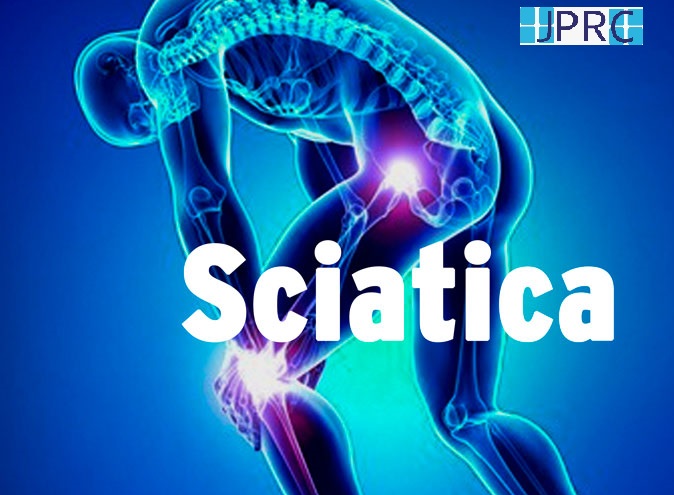



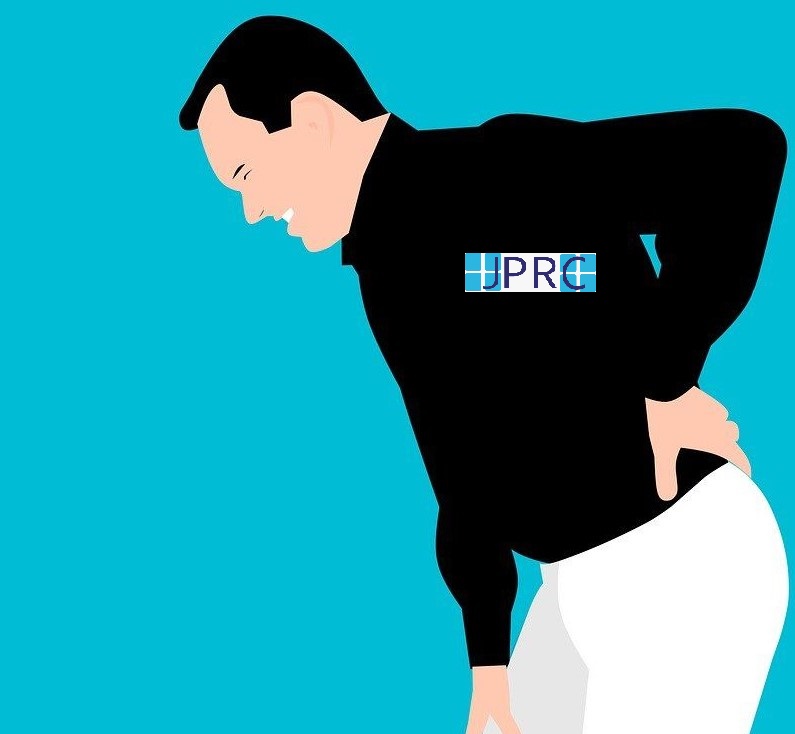
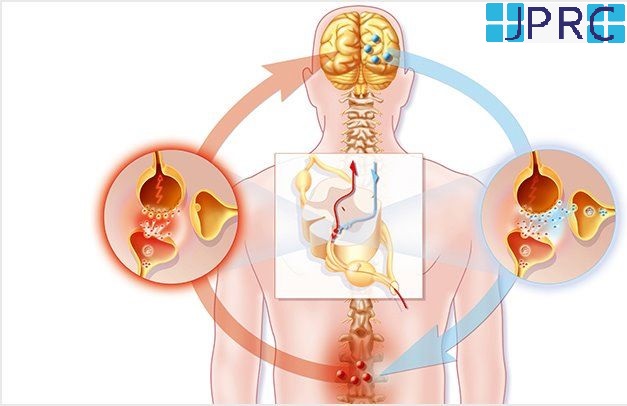

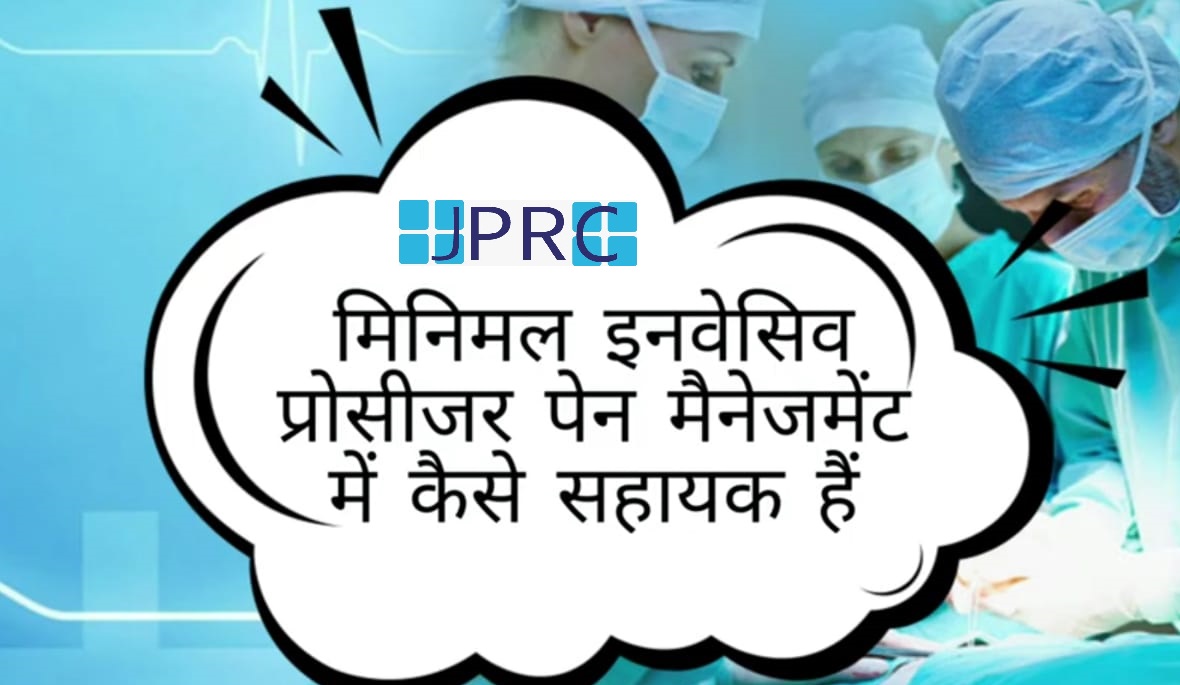
.jpg)
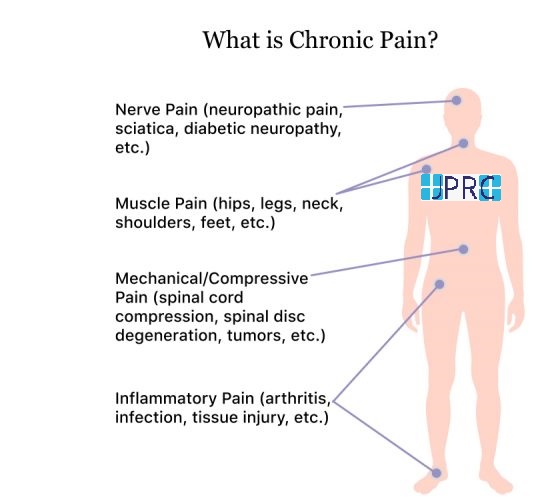


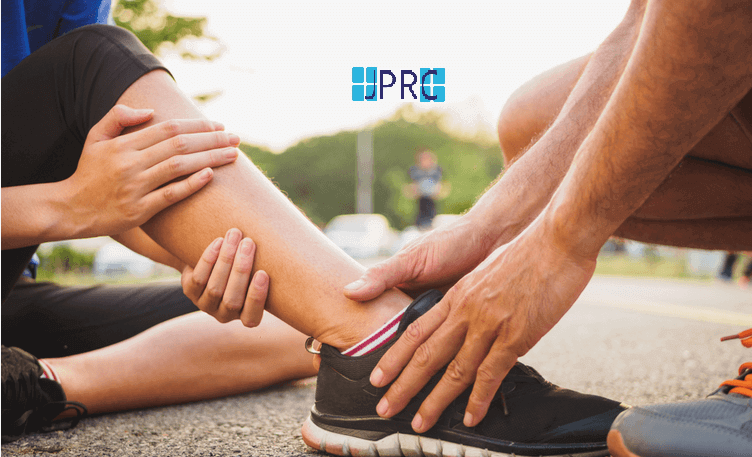
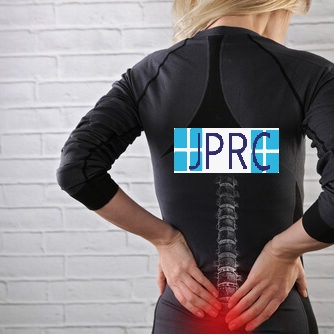


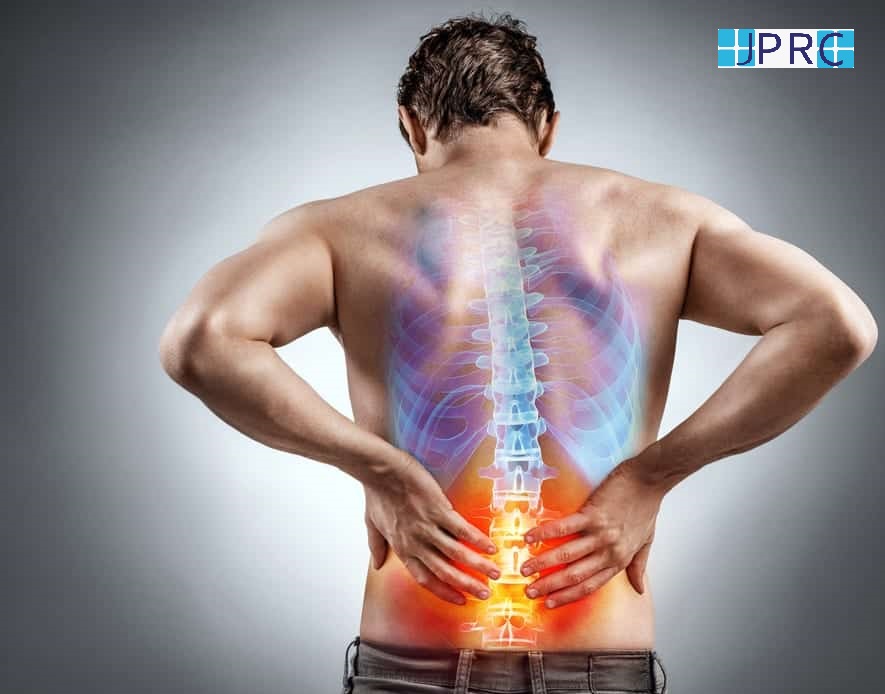
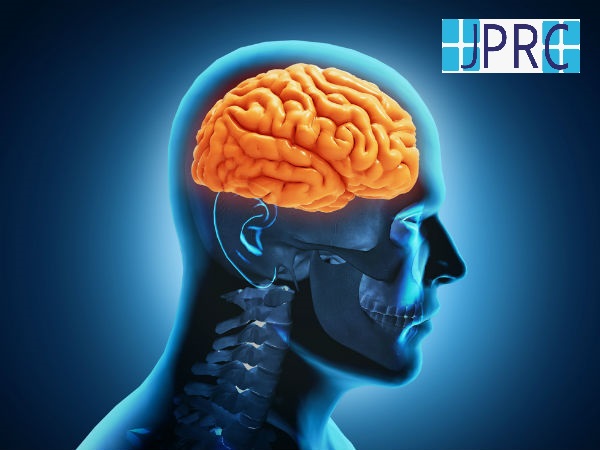
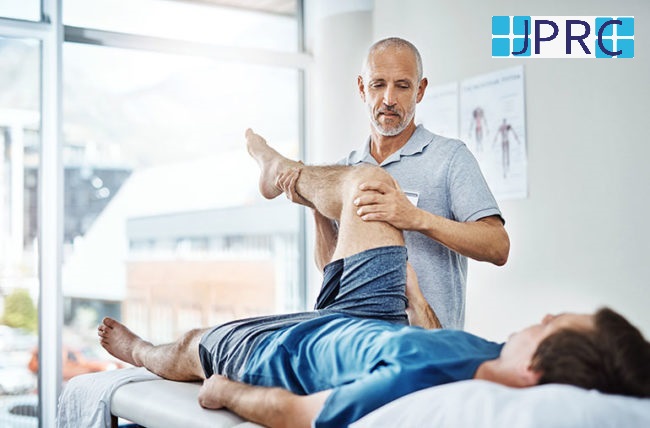
.jpg)




.jpg)
.jpg)
.jpg)


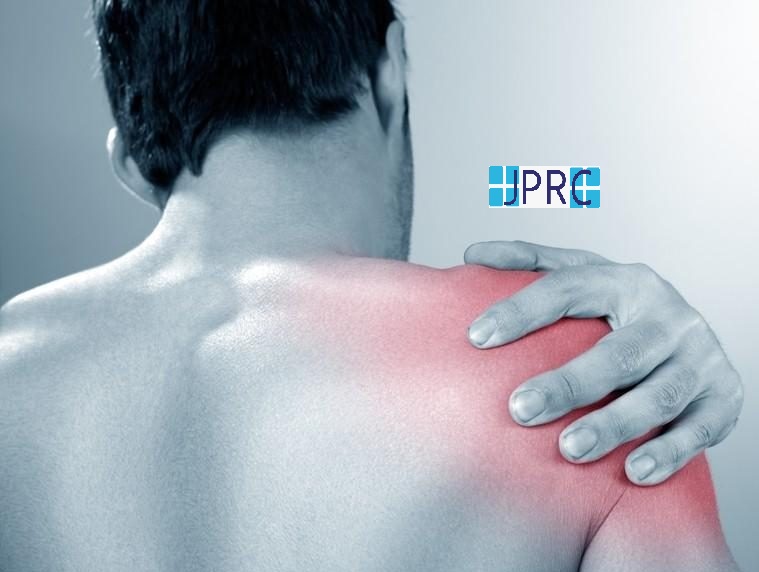
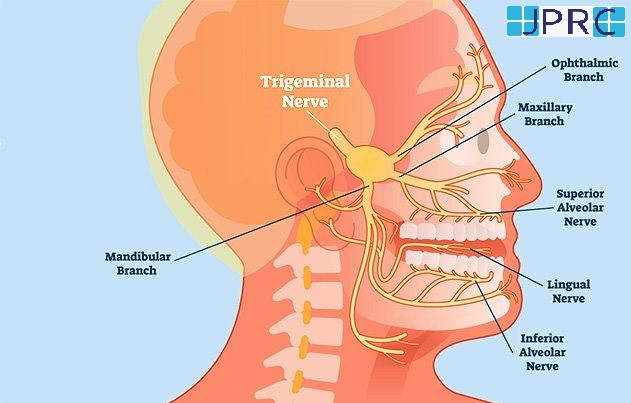

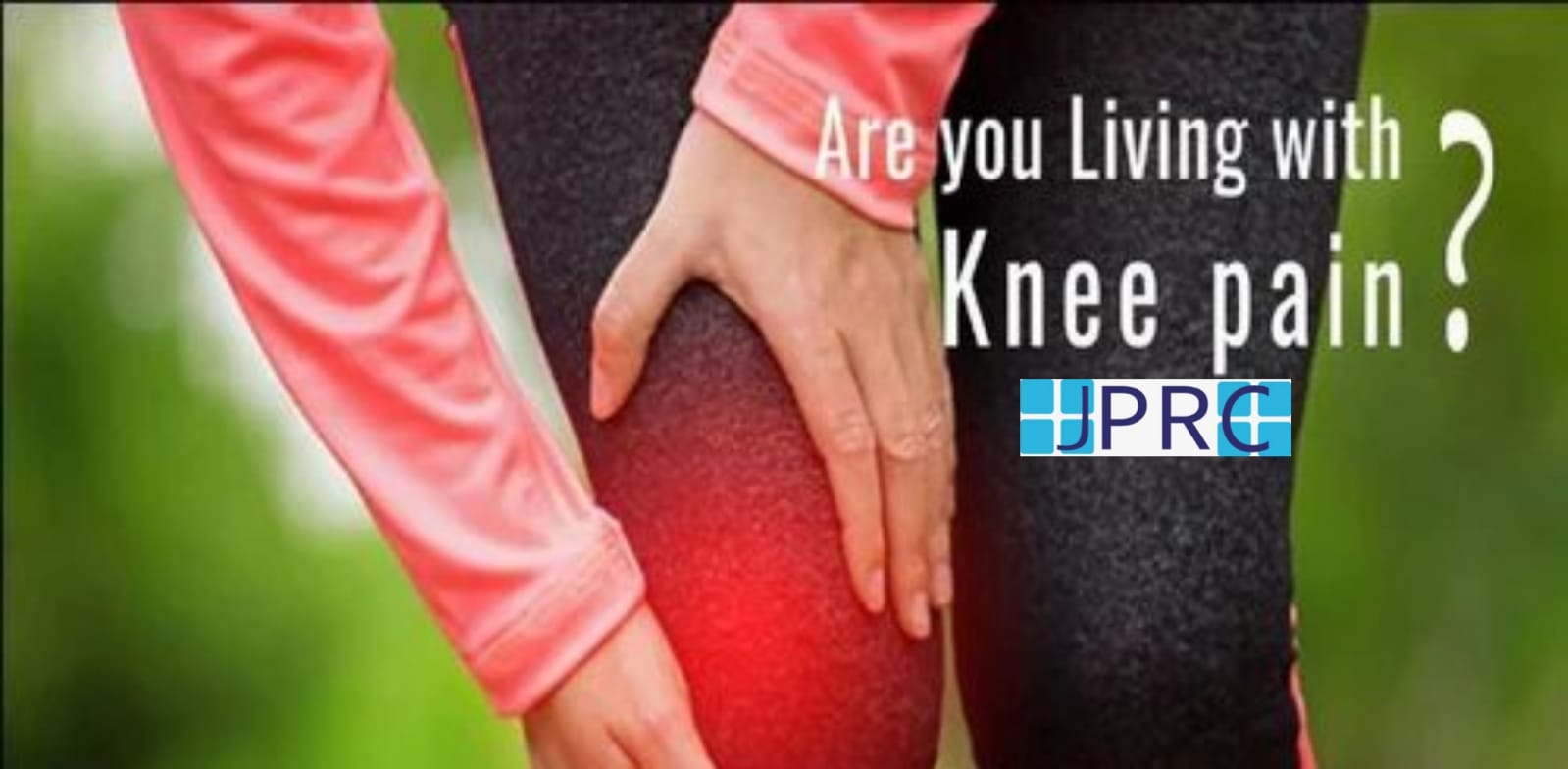

.jpg)
.jpg)
.jpg)
.jpg)
.jpg)
.jpg)
.jpg)
.jpg)
.jpg)
.jpg)
.jpg)
.jpg)
.jpg)
.jpg)
.jpg)
.jpg)
.jpg)
.jpg)
.jpg)
.jpg)
.jpg)
.jpg)
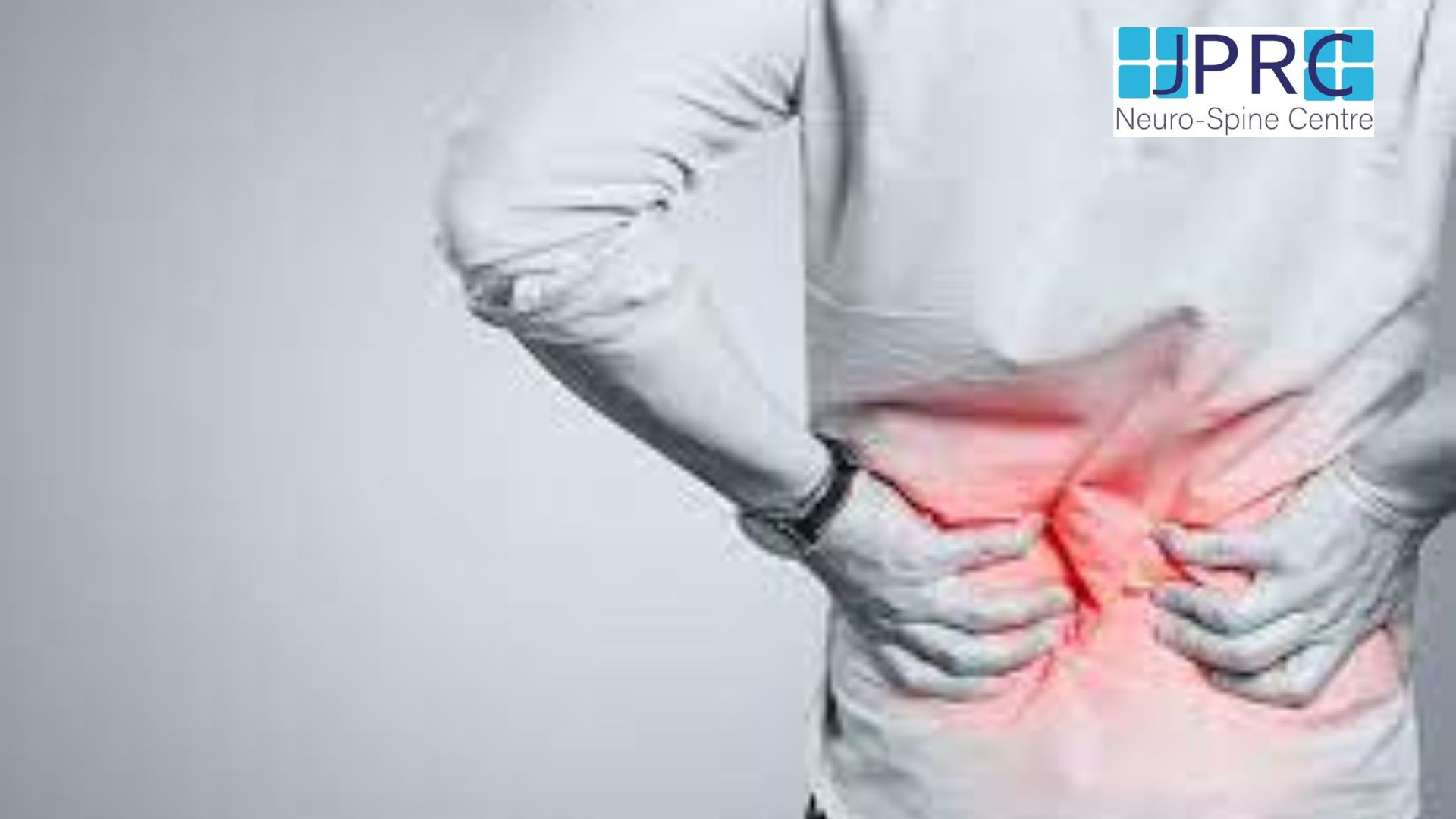



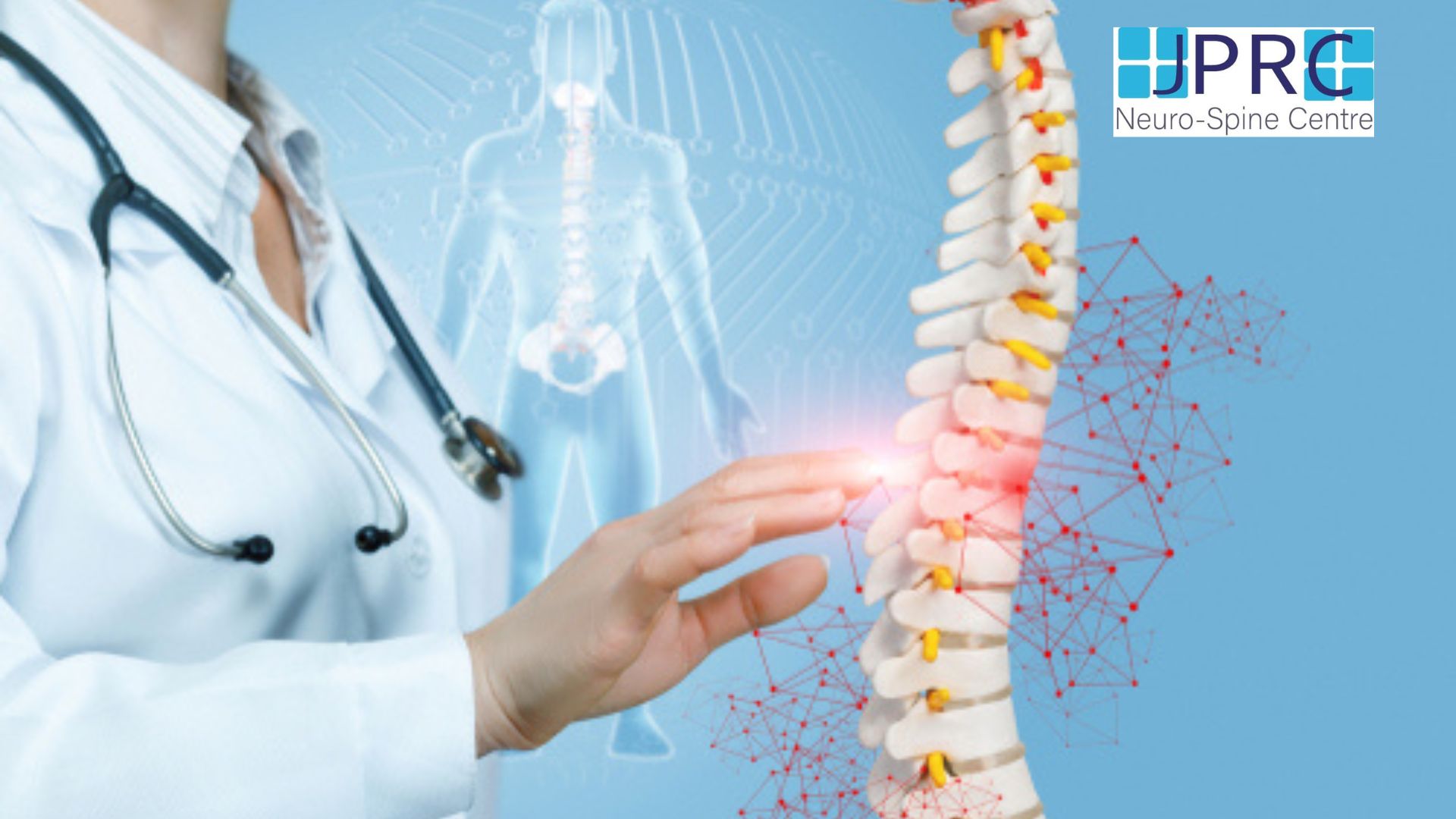

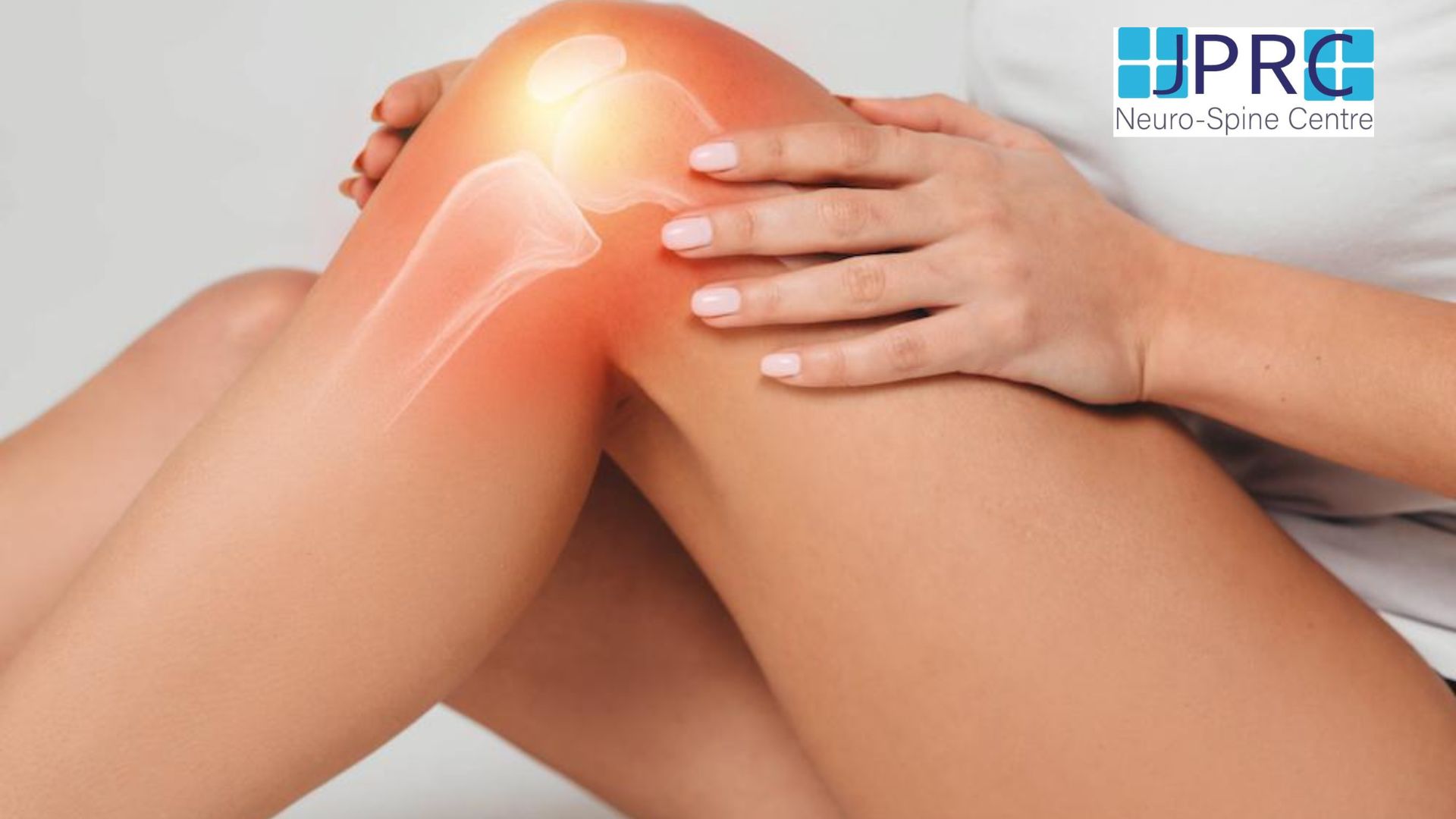

1.jpg)
1.jpg)
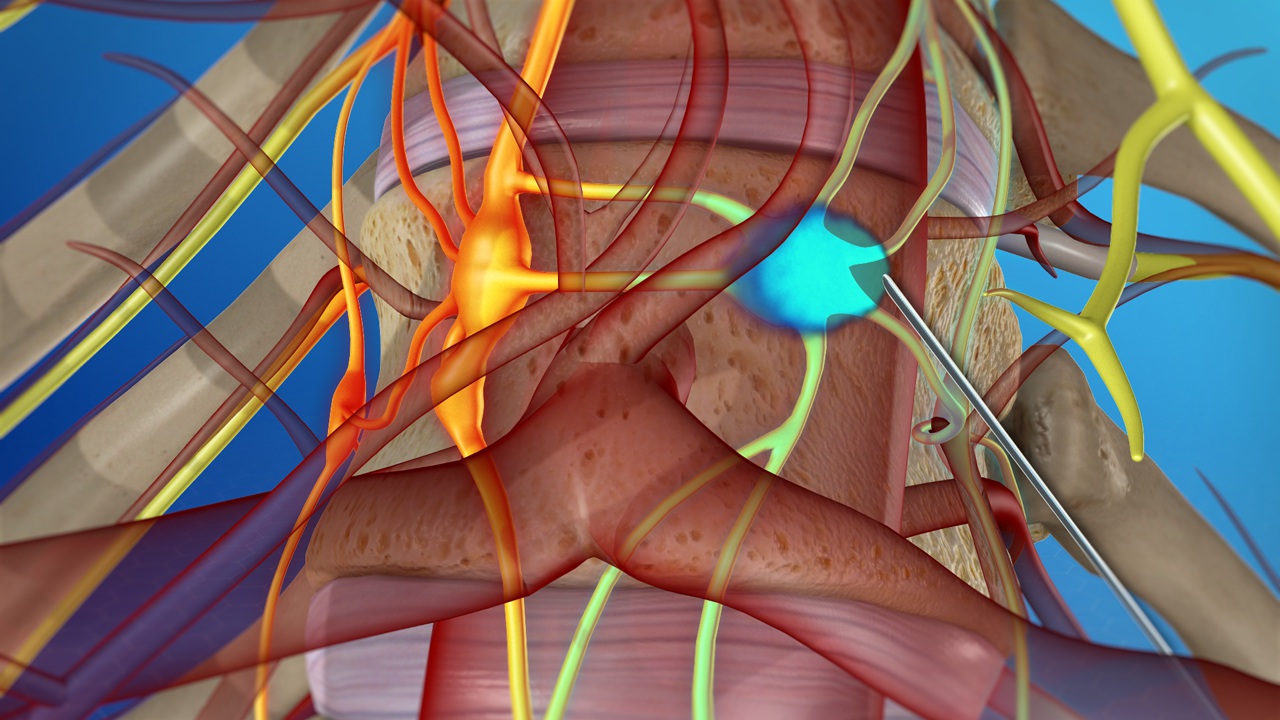
1.jpg)
1.jpg)
1.jpg)
1.jpg)
1.jpg)




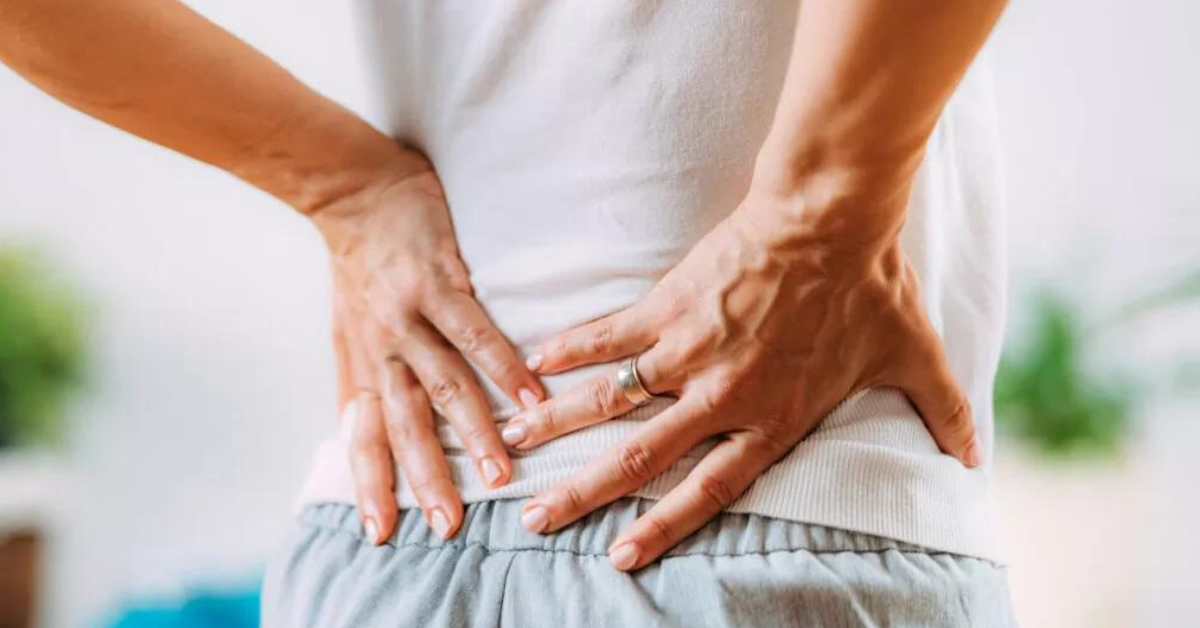

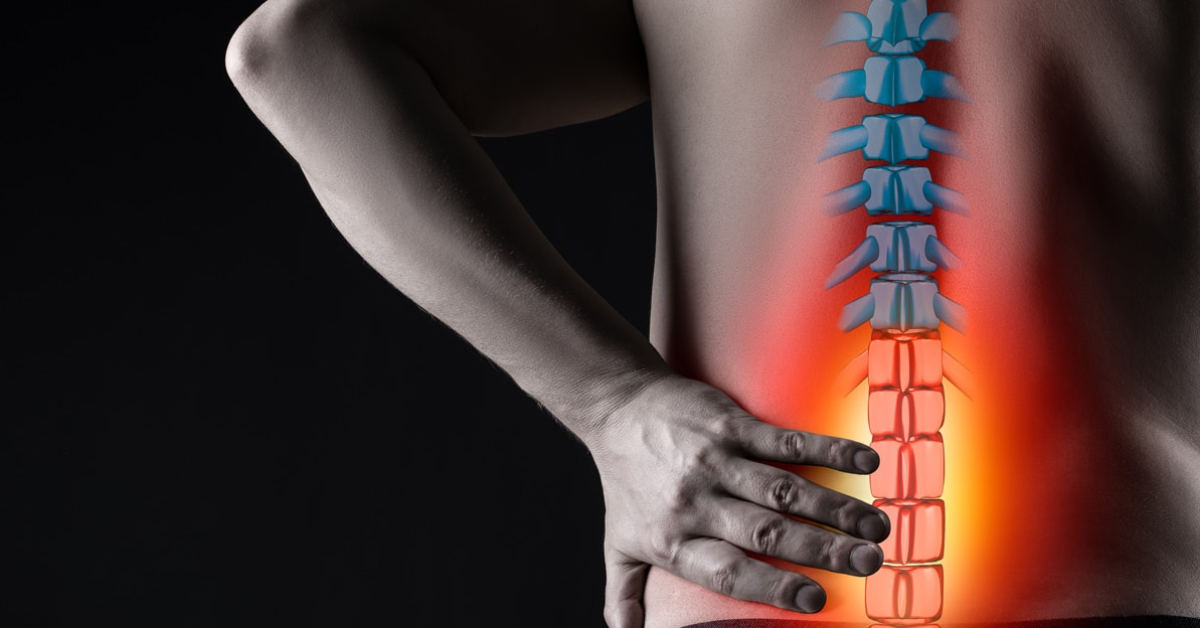

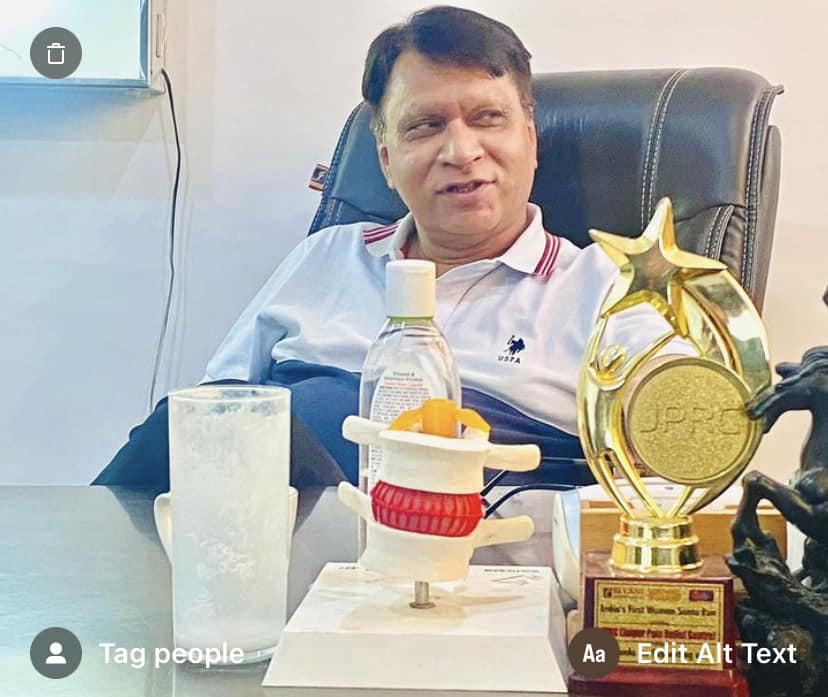
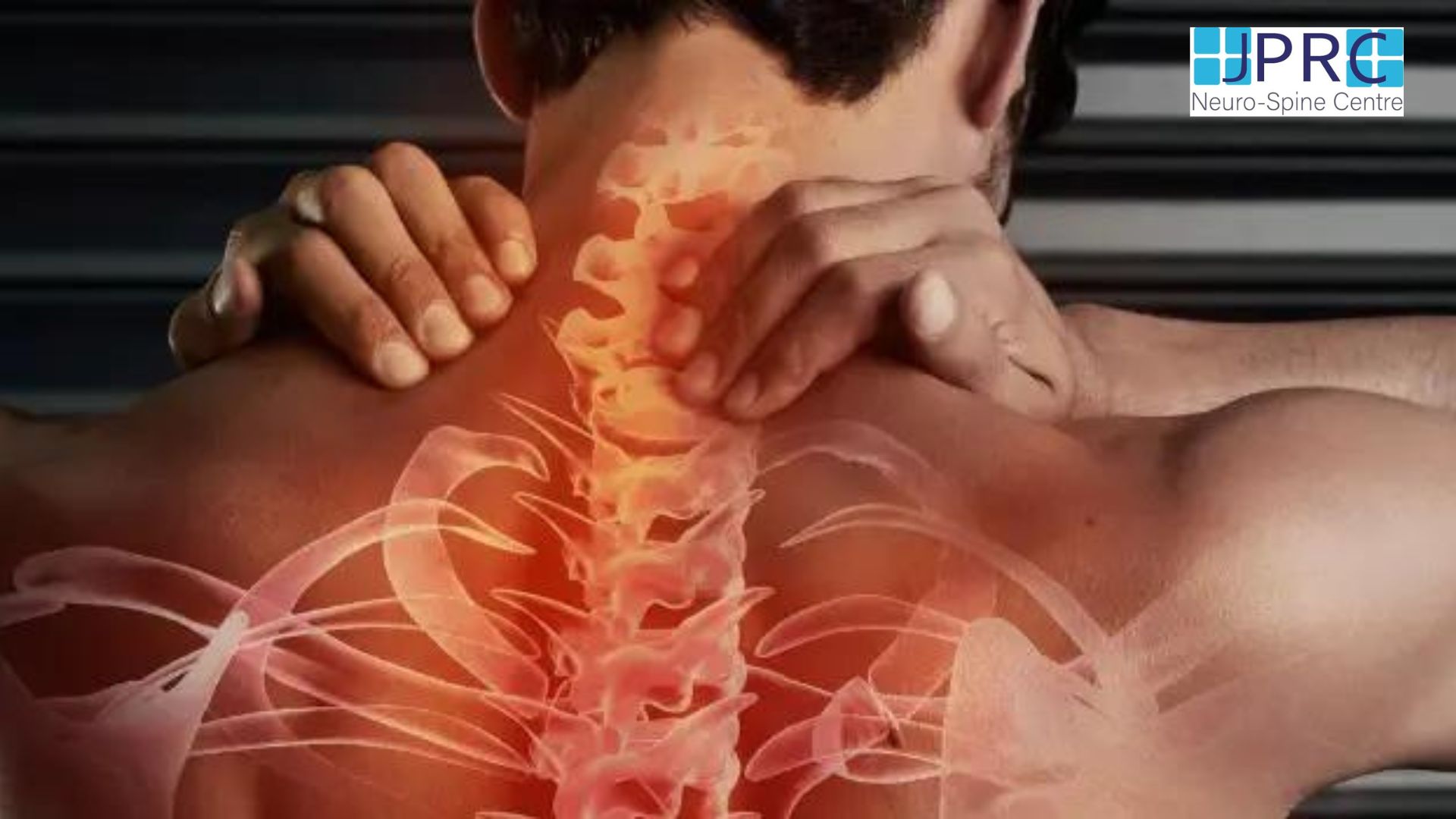
2.jpg)
3.jpg)
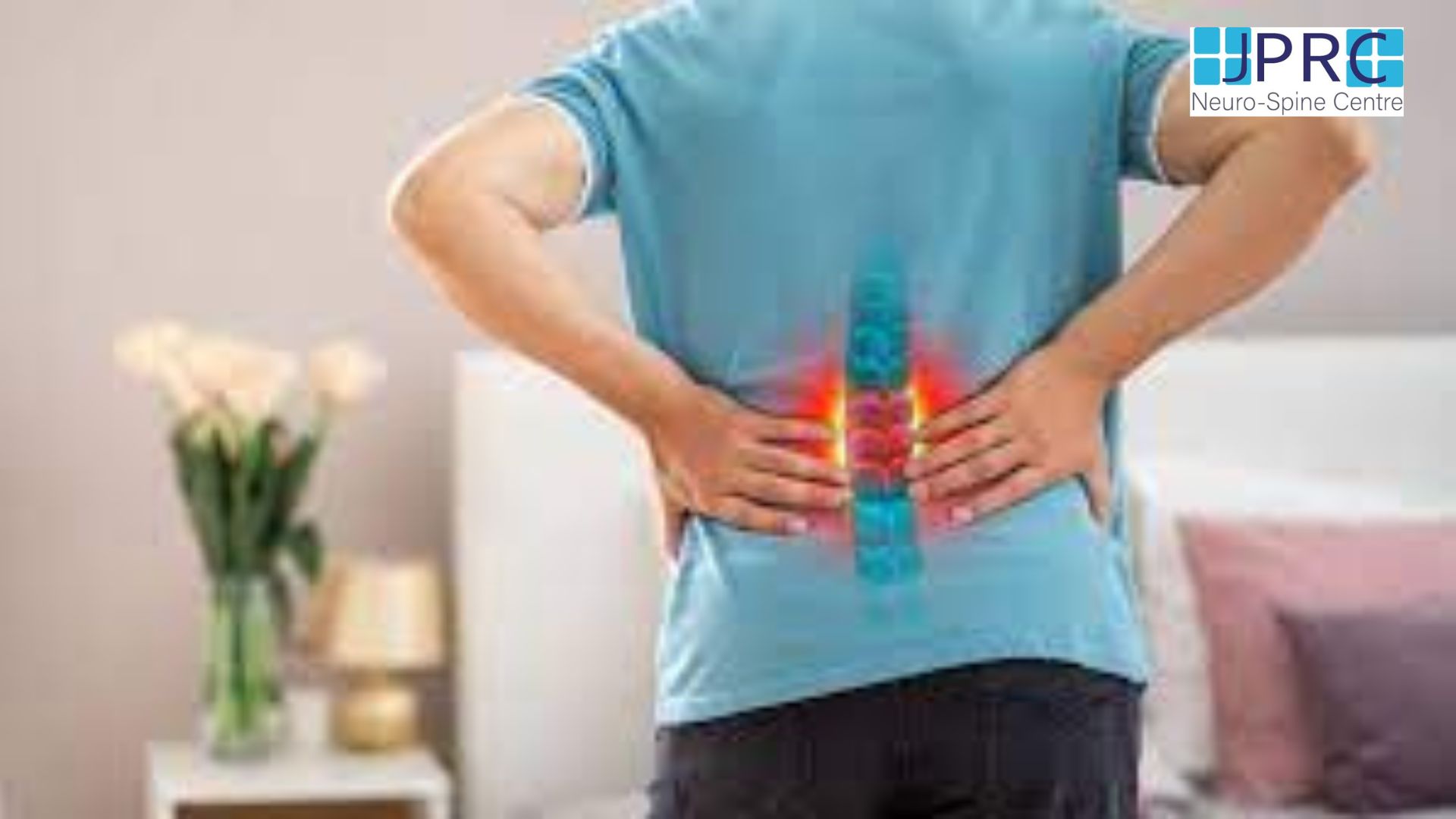
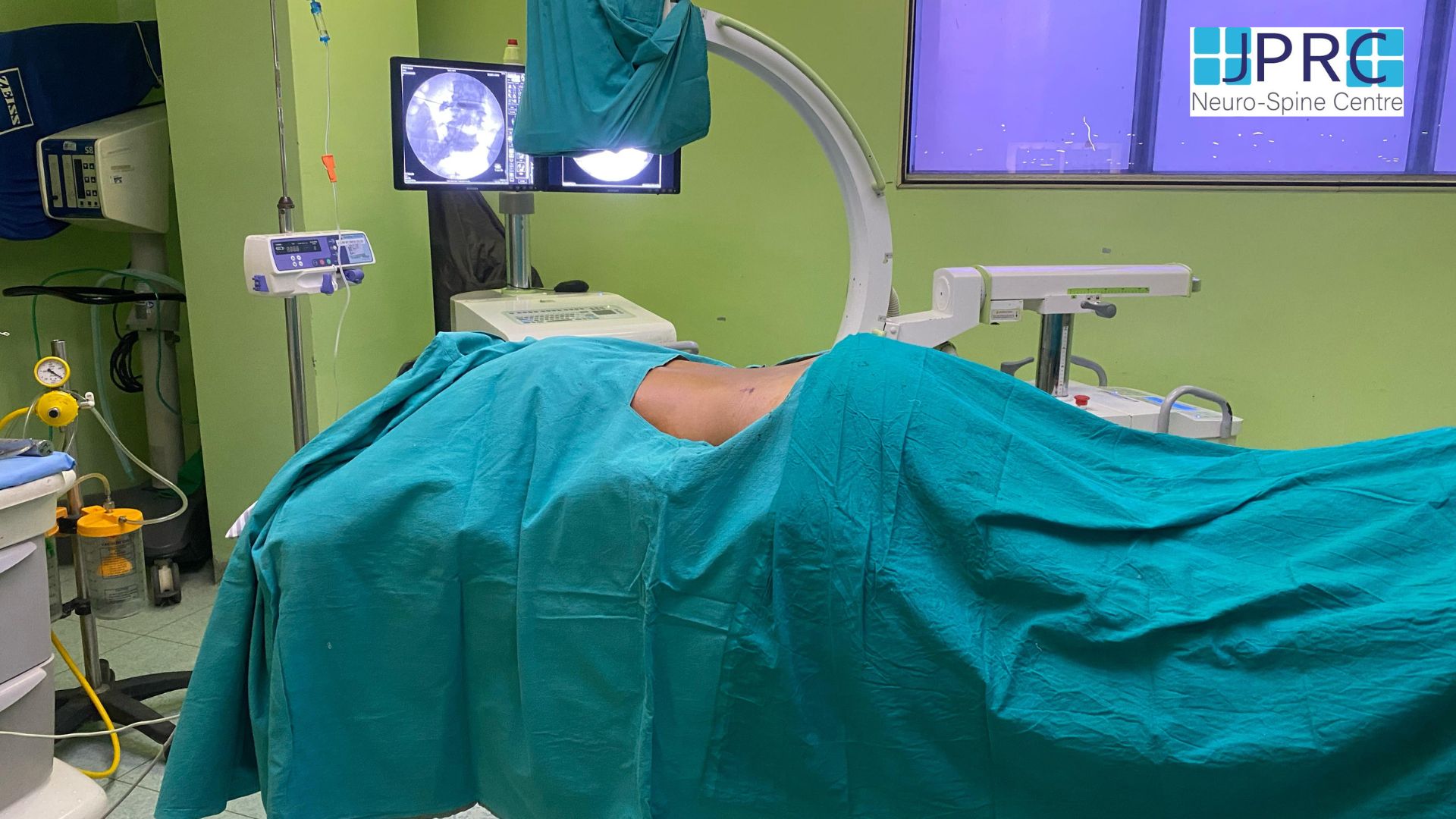
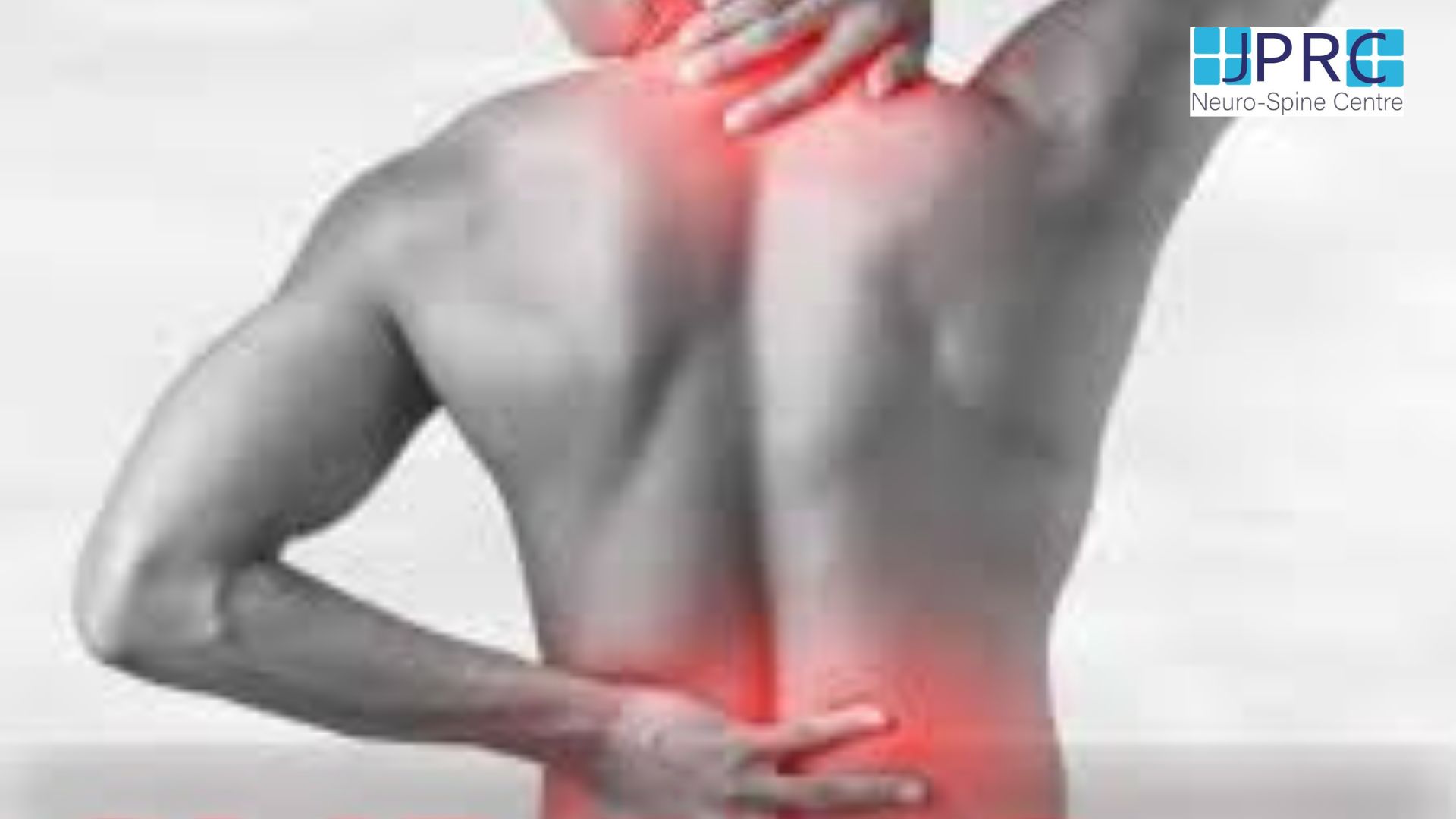
4.jpg)
1.jpg)
2.jpg)
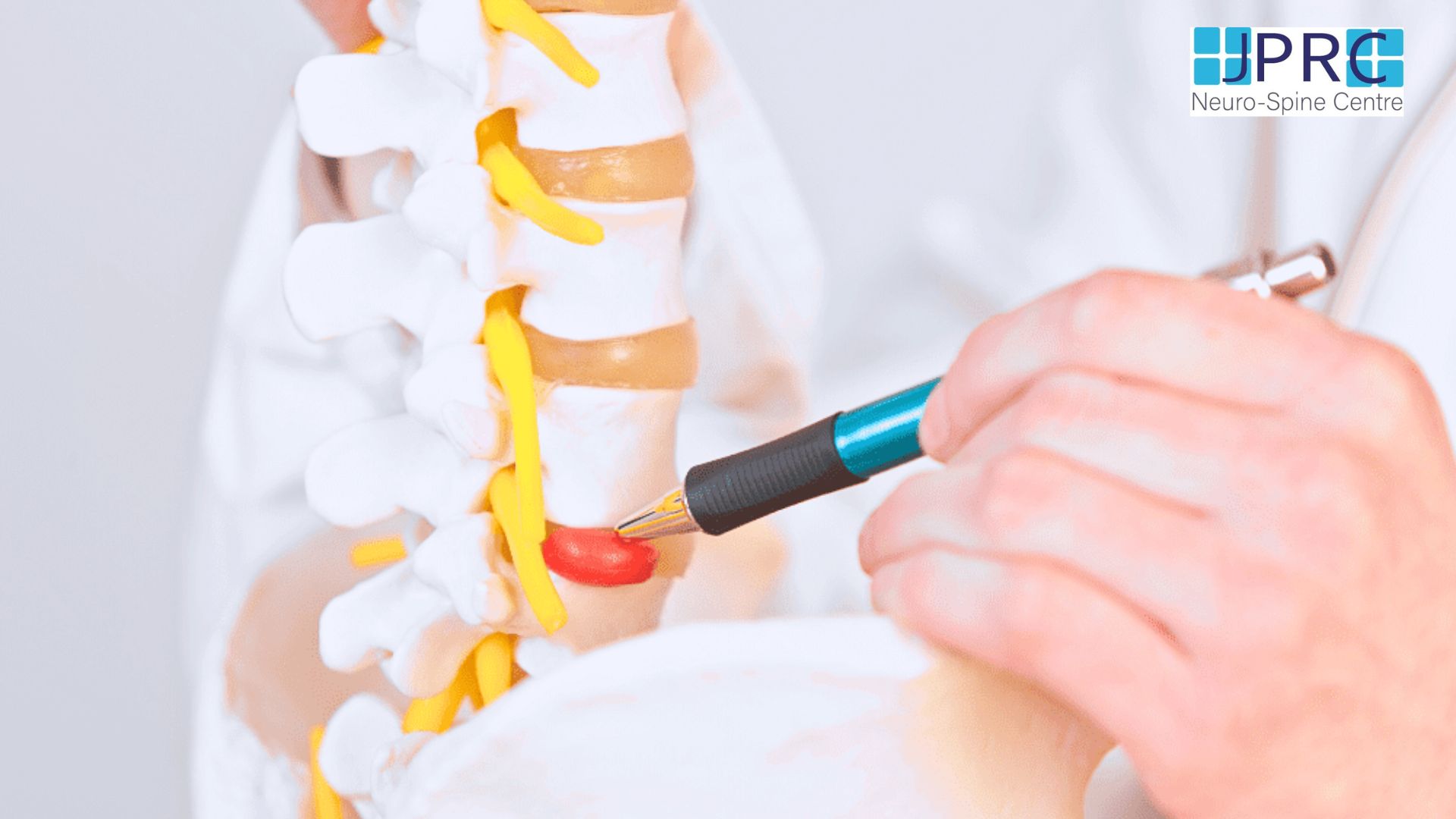
5.jpg)
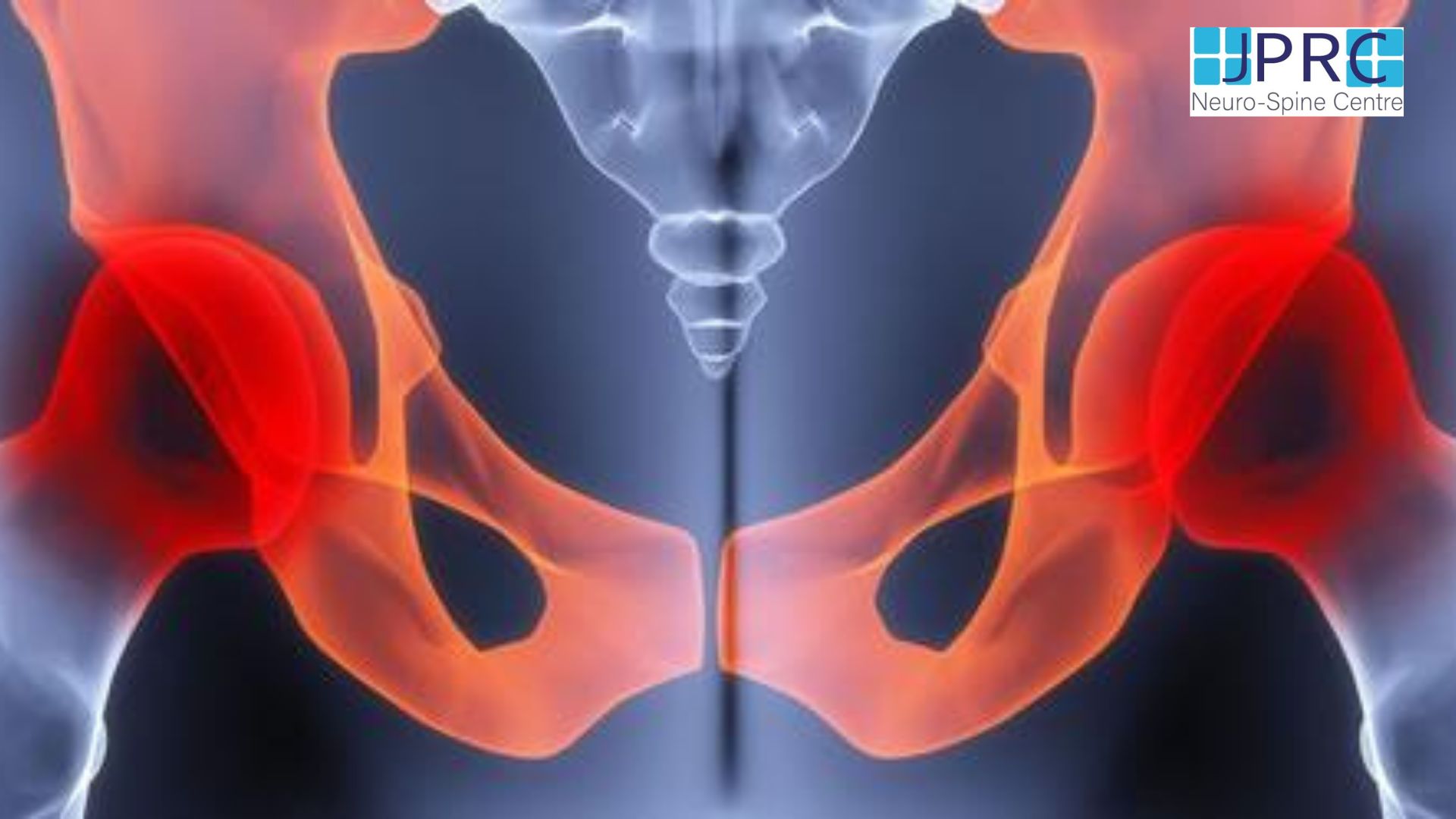
6.jpg)
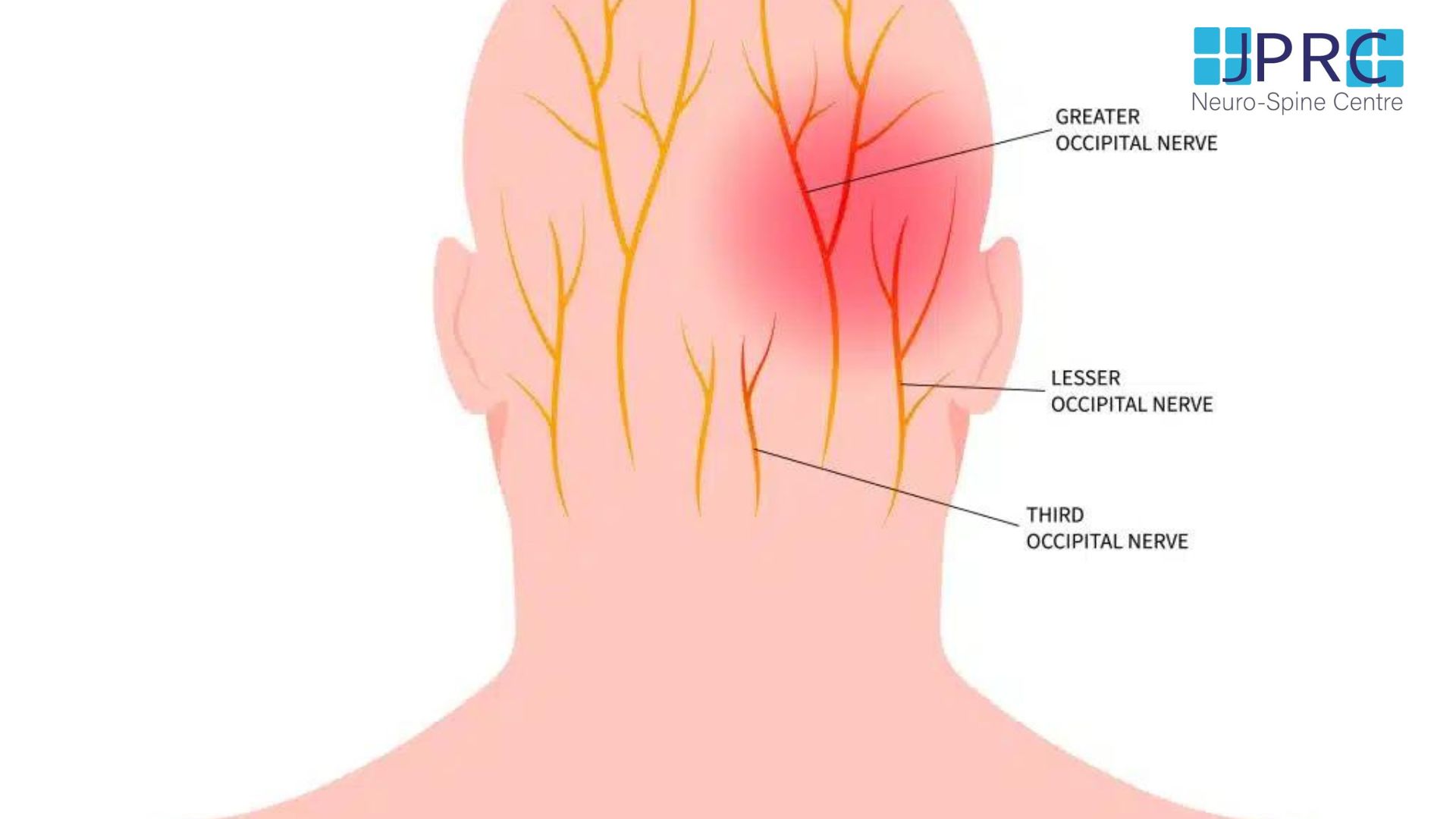
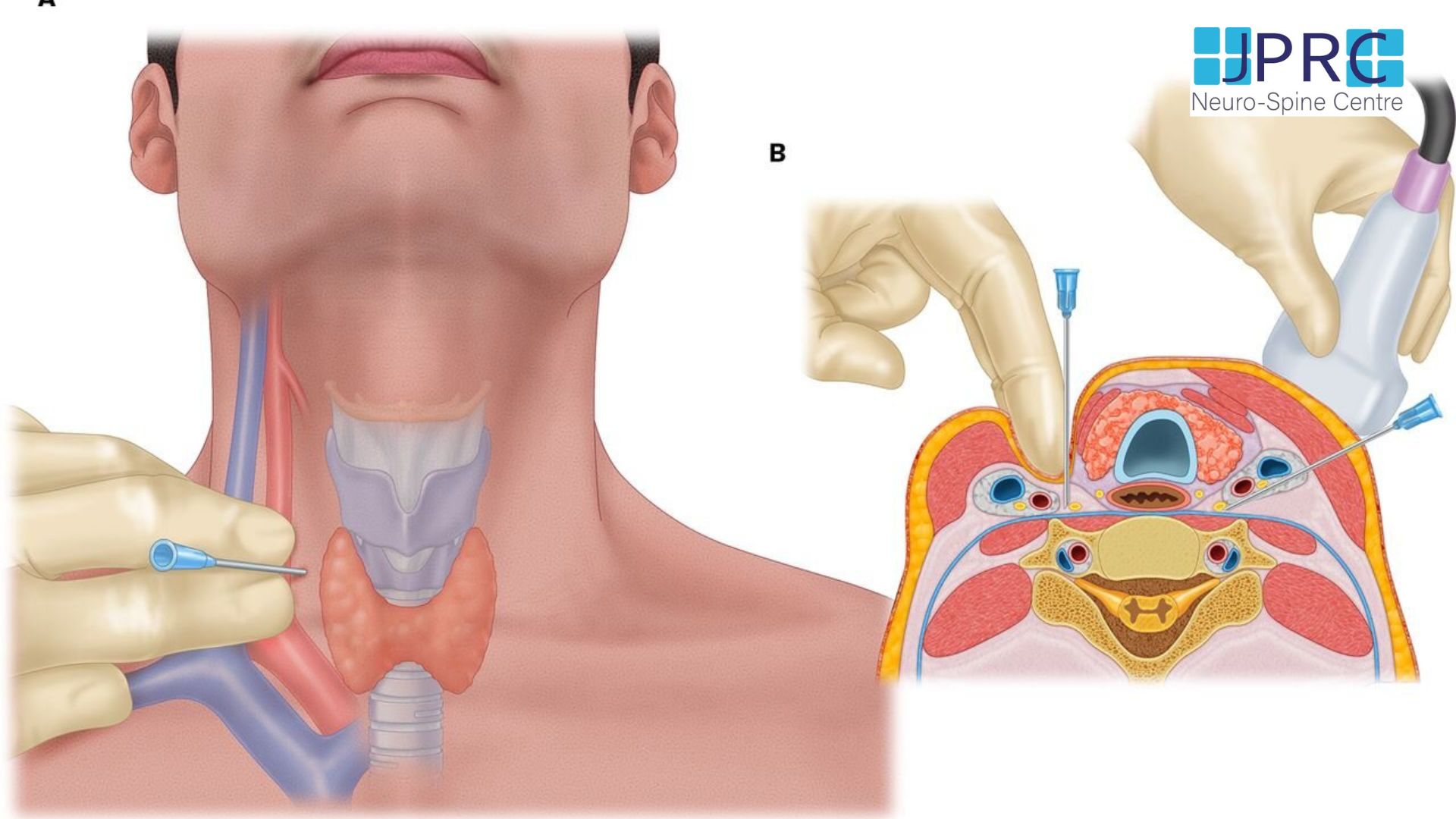
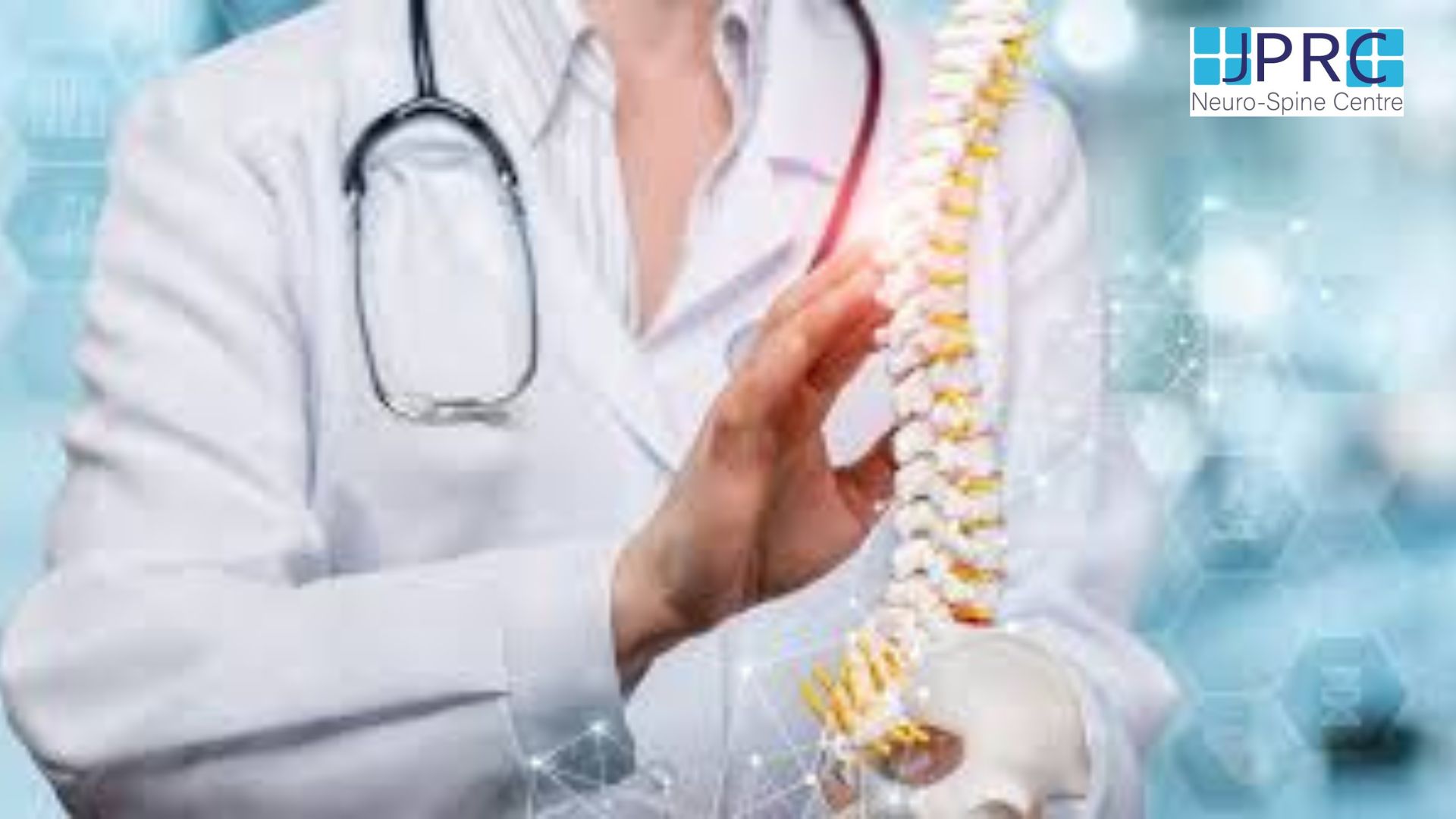

7.jpg)
2.jpg)

8.jpg)

9.jpg)
3.jpg)

10.jpg)

11.jpg)


12.jpg)
4.jpg)


























